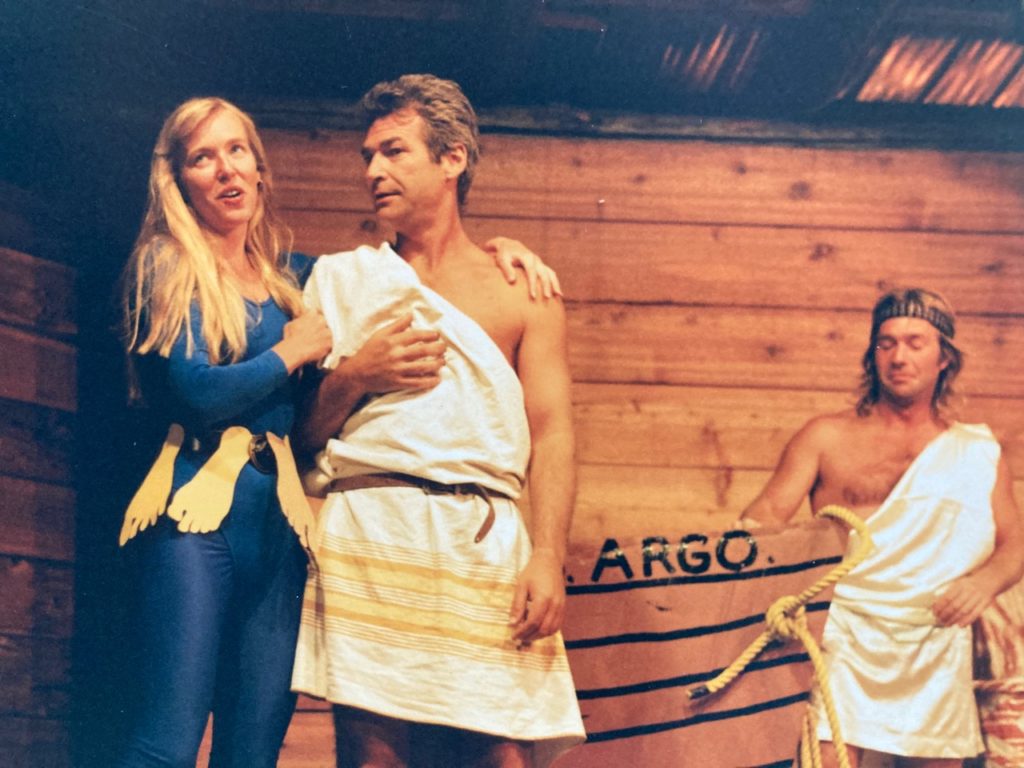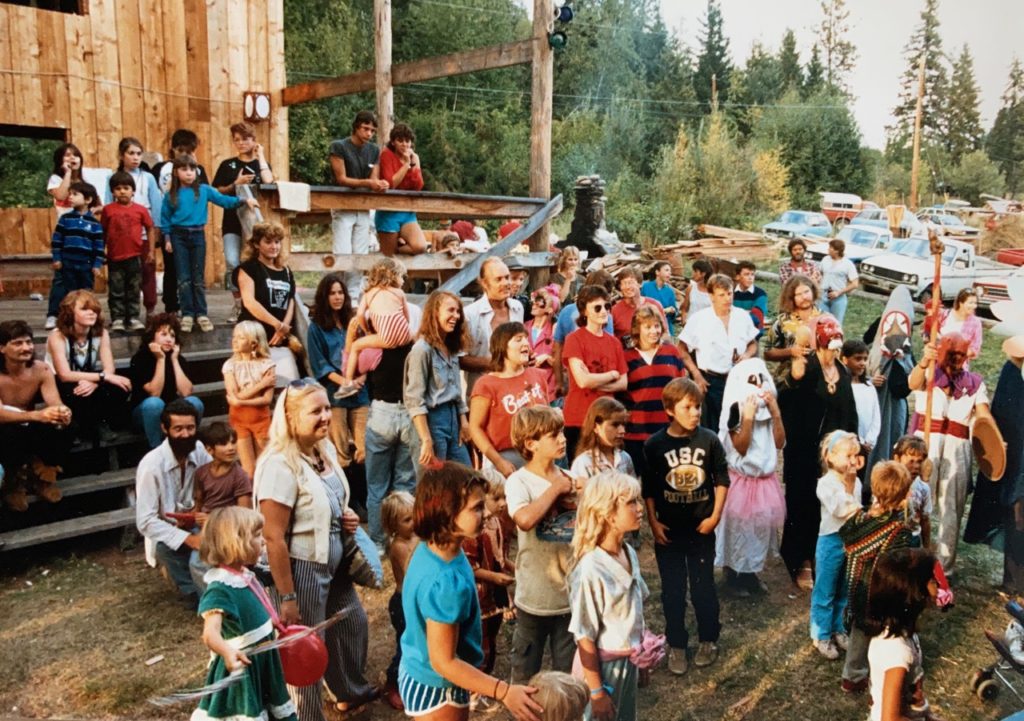
Imagine you and your friends spending three, joyful days every fall filled with fun, including much laughter, music, dancing, skits, games, feasts and even a parade. That is what it was like to experience the Lee Creek Harvest Festival that was held from 1976 until the year 2005 in the alternative North Shuswap community located on the hillside above Indigo Bay.
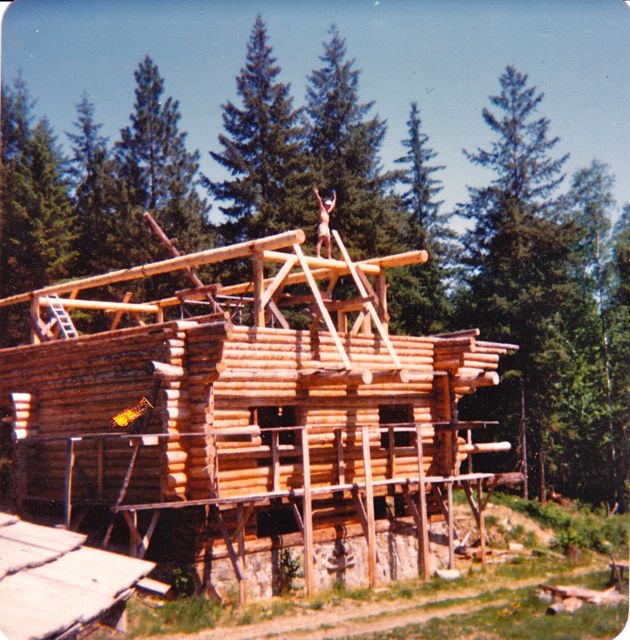
A few years after my partners and I settled on 80 acres in 1969, six more families joined us on another adjacent 80 acres by homesteading the land, which was still allowed at that time. In the early years, the focus was on building our homes and outbuildings, planting gardens and raising children. Despite the lack of grassland, many of us purchased horses, which we used to explore the local logging roads and sometimes to skid logs or plow our gardens.
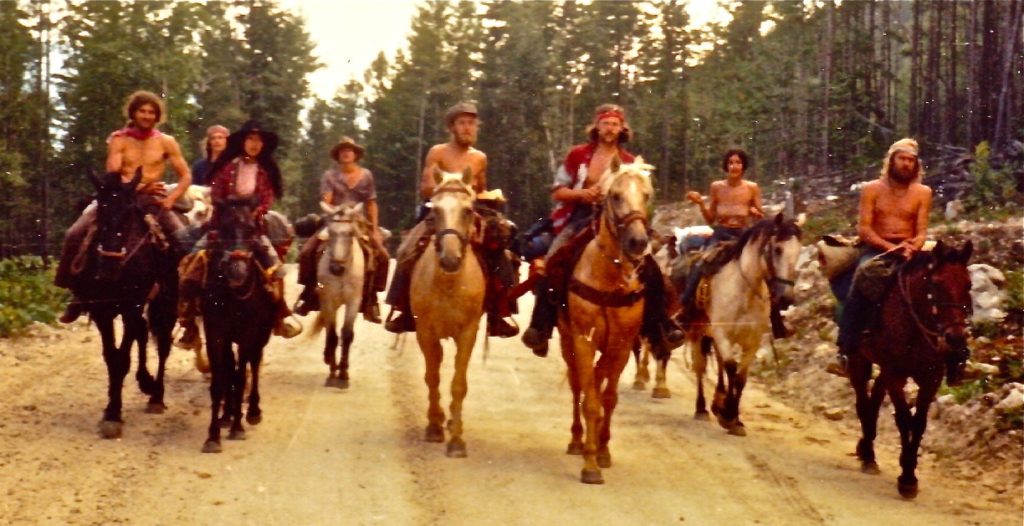
In addition to work parties, our community came together for meals and gatherings filled with homemade music. Every summer, we met at the local beach in the late afternoons to swim and there was an annual trail ride into the backcountry. Two of the families had arrived at the “hill” in school buses and one was purchased by the group for use as a community bus for shopping trips to town and to attend events. Once a week during the winter, many community members boarded the bus and went to the Celista School for an evening of volleyball followed by showers, which were most appreciated as most homes were still without running water.
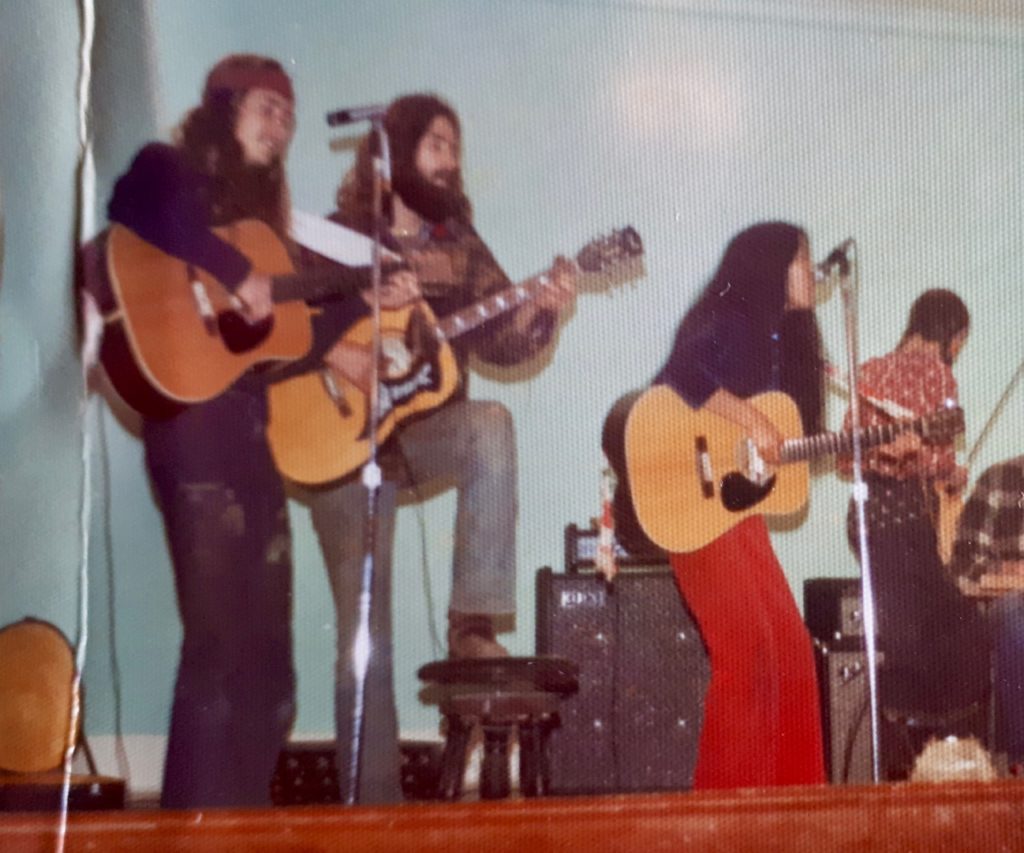
Community members also attended North Shuswap events at the Celista Hall, including the annual Canada Day festivities, which inspired us in 1974 to hold our own event at the hall to celebrate the harvest time with a potluck and dance. As the years progressed, the community grew larger as more people purchased adjacent and nearby properties and the circle expanded to include other, like-minded, fun-loving folks.
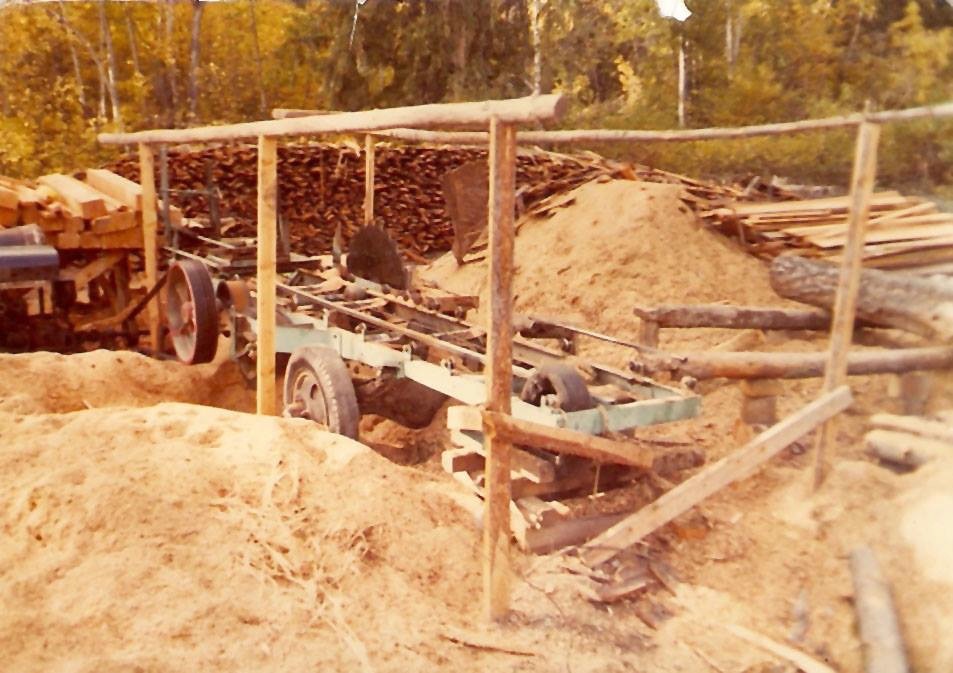
ln order to complete the homesteading process, it was necessary to clear a portion of the property and a portable sawmill was purchased to mill the logs. In the late summer of 1976, a group was keeping watch over a slab fire when, in an effort to entertain the crew, someone jumped on the back of a flatbed truck to do some tricks. This spontaneous act sparked the idea to hold a festival on that site during Thanksgiving. Plans were made and a crude stage was constructed for a weekend of fun.
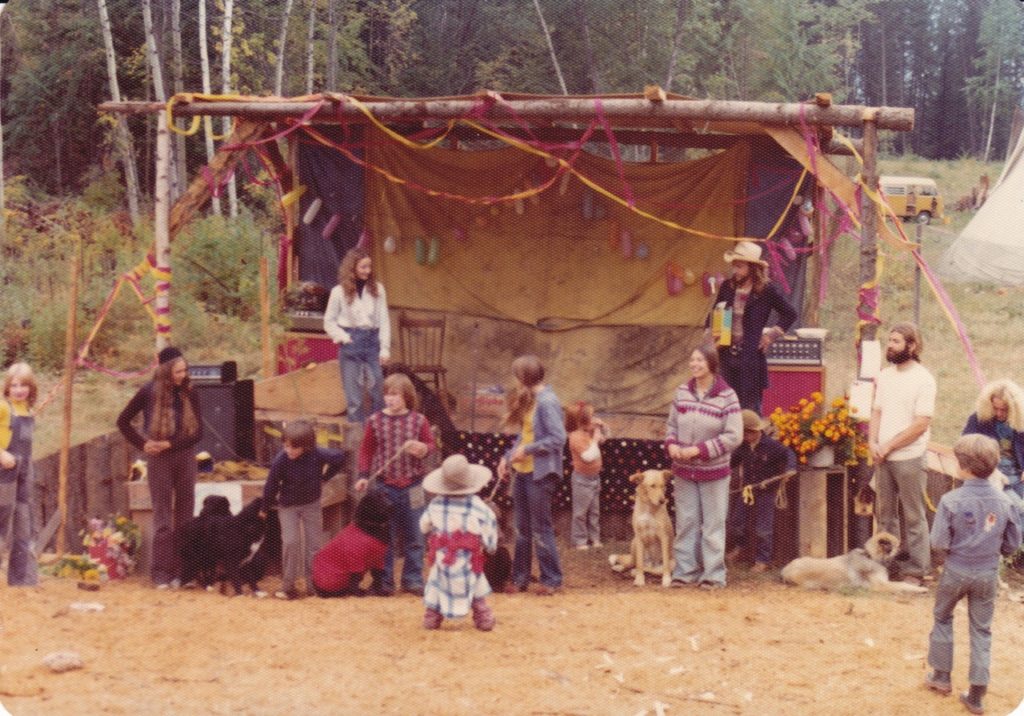
The first Harvest Festival on the hill was a blast. Friends came from neighbourhood communities to join in the festivities, that included music and a potluck feast. There were kid’s races, a high-jump contest to see who could jump higher than one of the horses, a chili eating contest (that may have resulted in the outhouse burning down that night!), a dog show, attempted chicken races, vegetable judging, and a parade.
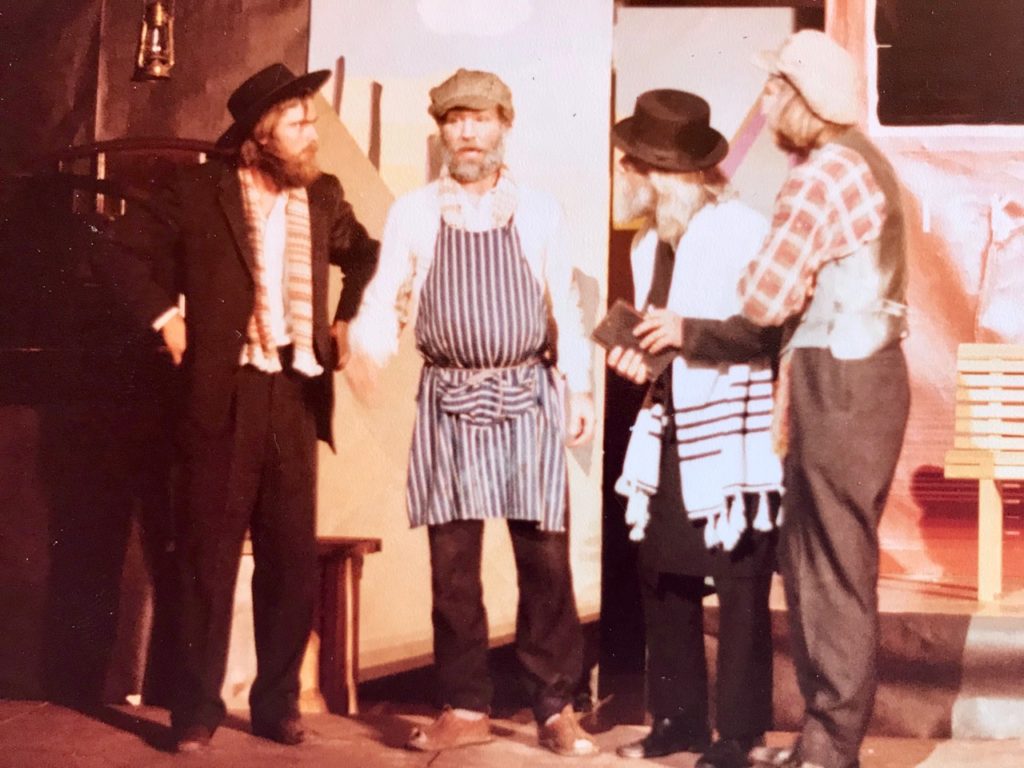
We often jokingly distinguished the two parts of the community then as the upper and lower commune, despite the fact that we were definitely not living communally. Our property was the lower one and we performed a skit that first year, which was a take-off of Samuel Beckett’s Theatre of the Absurd play, Waiting for Godot. After this first festival, skits became a key part of the annual event. Our homegrown theatre benefited when some community members, including myself, joined Shuswap Theatre and acted in a number of the early shows. In addition, as the years progressed, actors and stagehands from the Caravan Farm Theatre moved to Lee Creek and added their professional skills to the shows, including playwriting.
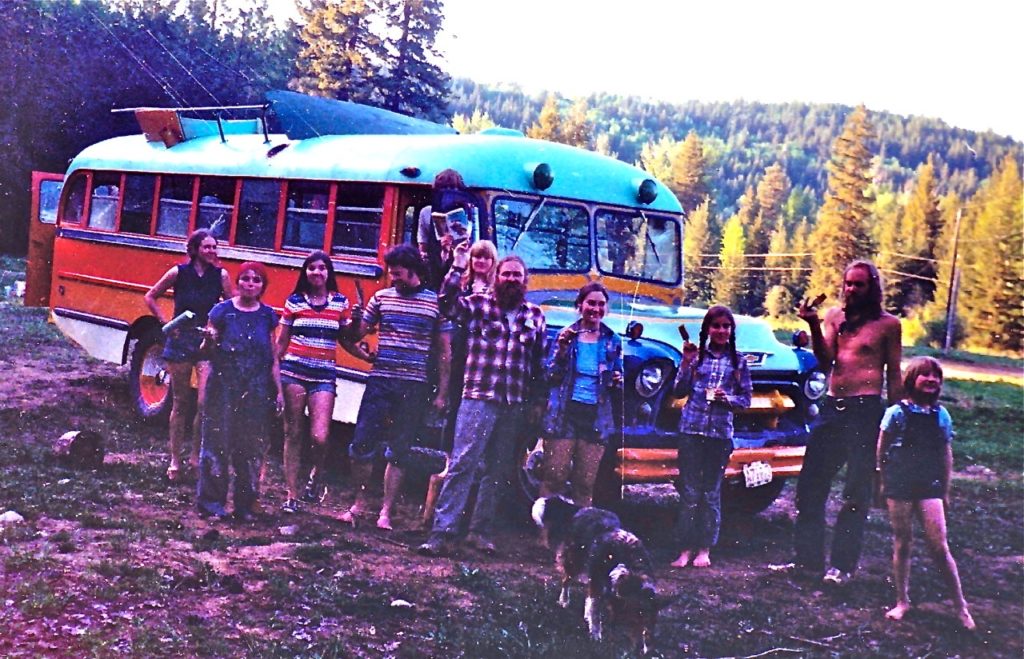
The following year, the festival was moved to the west, and another make-shift stage was built in front of the bus, which served as the backstage green room. There were more skits, including one about a visit to the Unemployment Insurance office. One well known local artist brought a “three-legged” chicken for the potluck, after he had completed some painstaking post-mortem stitching. In 1980, the event was moved again, and a more permanent stage was built on top of skid logs, that was later named Cracklin’ Roses’ after a skit by that name.
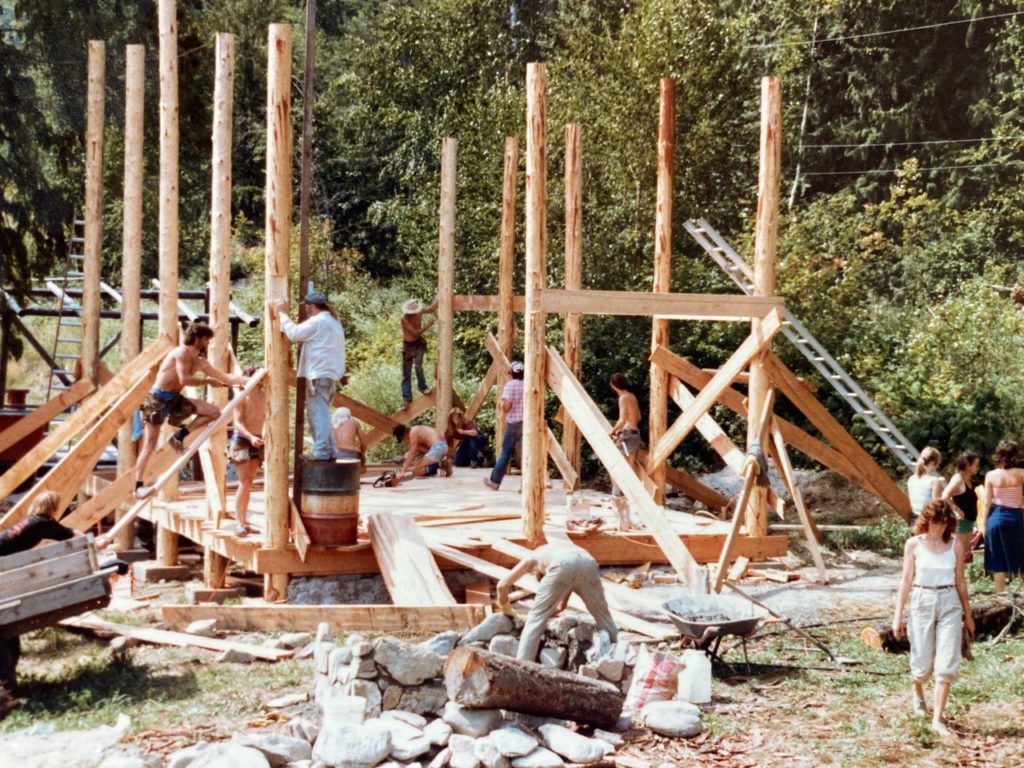
It may have been the success of these festivals that inspired the “upper commune” to dedicate one acre for a community centre, complete with a playing field. The stage was skidded to the dedicated acre, where in 1983 all community members, who now included friends that lived nearby, began building a post and beam community centre. That year another very popular event was added to the summer season called the Lee Creek Prom, with the dancers enjoying a newly built floor under the stars.
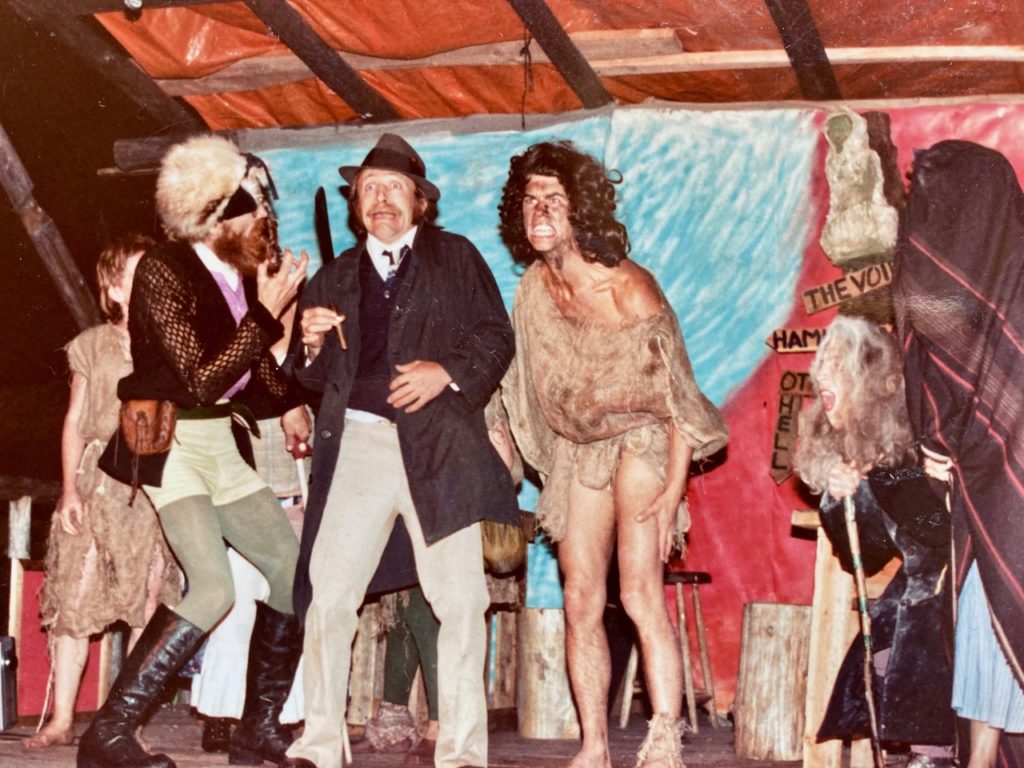
What I would call the golden years of the festival were in the 1980s and early 1990s, when the audience sat on bleachers in front of the first section of the hall and there was a dressing room behind the stage. Every spring there was a meeting/party, at which all of our names were put into a hat to draw and determine randomly who would be in each skit group. After a summer of skit rehearsals, the Monty Python inspired skits were quite imaginative and evoked much laughter. Some of the themes included hypnotism, a Pierre Trudeau canoe trip, Robin Hood, an airplane trip, a take-off of Rosemary’s Baby, the salmon run, a house full of talking furniture, and a Sam Spade detective that travels back to the time of the druids.
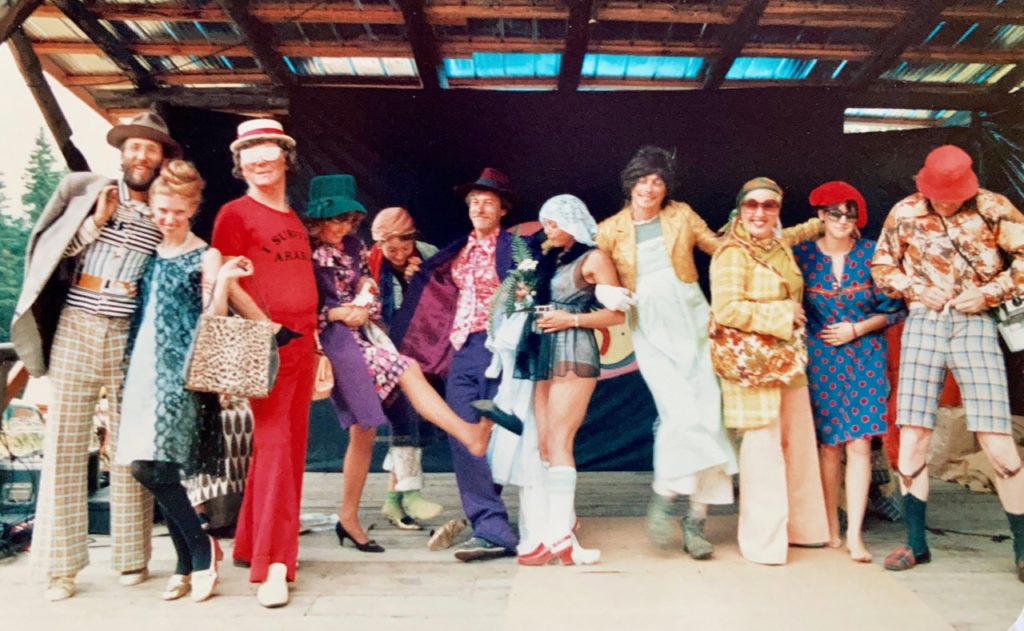
In addition to the skits that were performed by community members as well as visitors from other alternative communities, there were solo or group filler acts, and one or more bands that played long into the night. The weekend would begin with a potluck and dress rehearsals on the Friday night and volleyball, kid’s games, a parade, an occasional tacky fashion show and a feast before the show on Saturday night. Often, the nearby fields were filled with people camping in trucks, vans and tents.
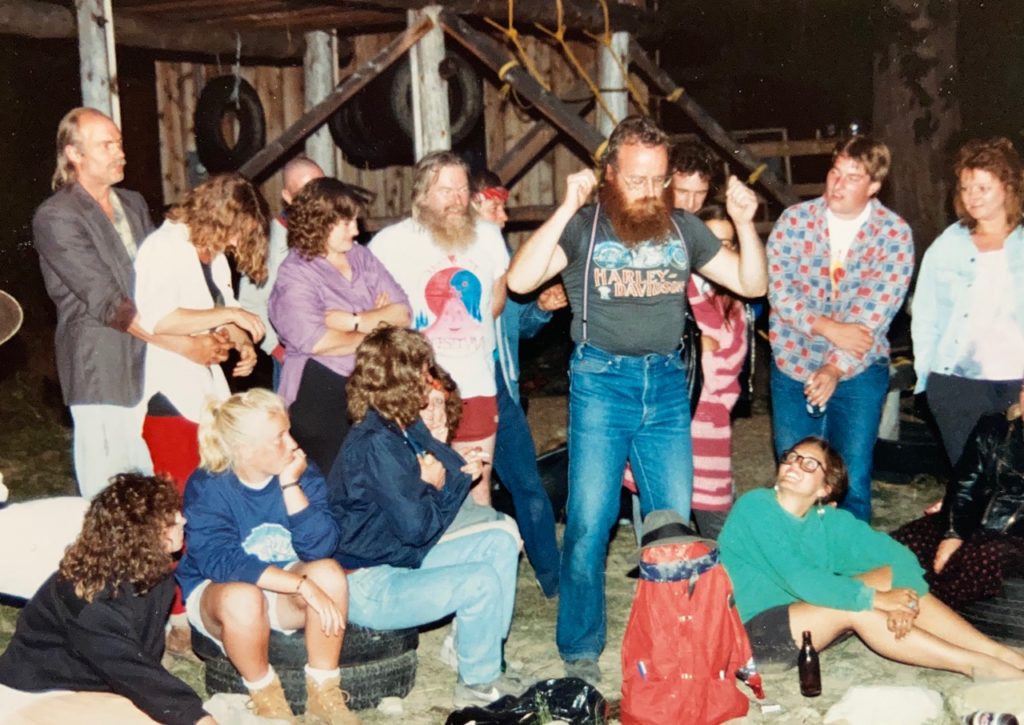
For those who could stay up all night, there was the infamous “Ed Show” around the fire early Sunday morning where our resident amateur comedian and his sidekick, Ed, told off-colour jokes. Sunday evening was dedicated to the awards night, where the “Golden Cones” were presented to the most popular performers, skits, and other categories from the previous year, based on the audience voting cards that were submitted. When the technology became available, the awards show included short videos of the performances, a’ la the Oscars. The outdoor stage was abandoned when the Community Centre was expanded to its current size in the late 1990s, and the festival moved inside, which fit the new time slot that was much later in the year. As the community grew older, hill folk became too busy with a variety of other projects and lost interest in putting on skits and investing time into local social events. Additionally, when the festival was held indoors later in the year, some of the charm was lost.
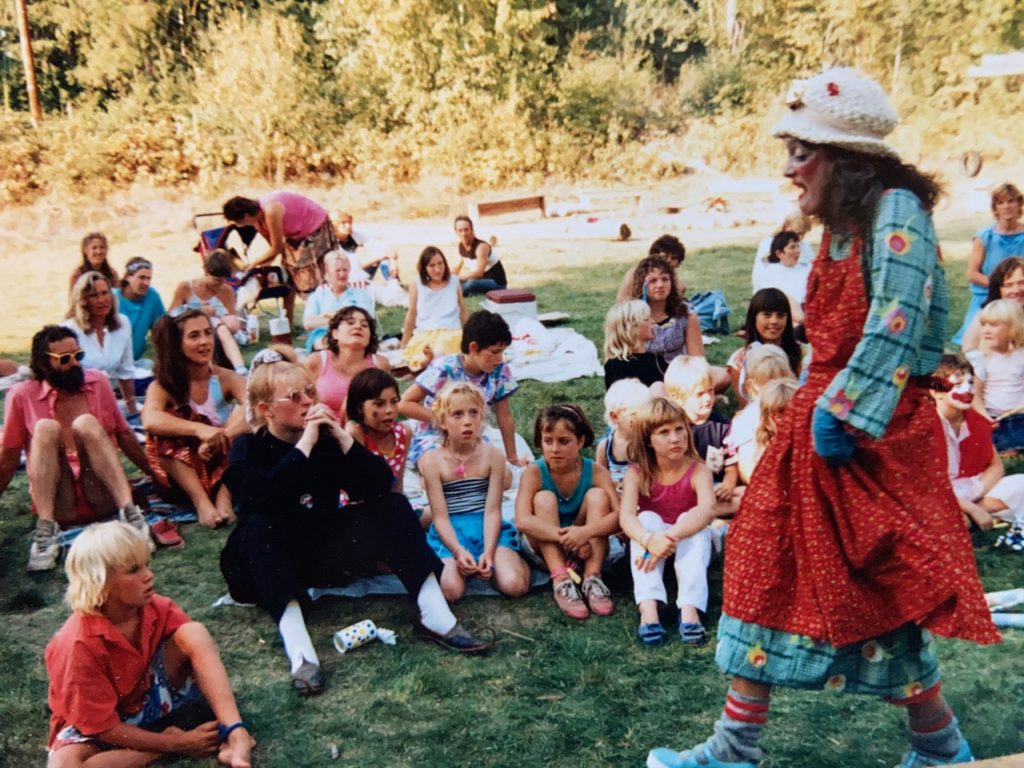
The final festival, took place in 2005 and now, over fifteen years later, there is plenty of time to reminisce about these glorious days of our youth. In the last few years, the hall was renovated through work parties, and more events were happening up until the pandemic, including the still popular Prom. Since the time of settlement in the early 20th century, dozens of communities in the Shuswap have built halls and have hosted similar events, but it is unlikely that there were any as unique and creative as the Lee Creek Harvest Festival.
POSTSCRIPT
Relive moments from the 1986 festival by watching this YouTube video – Lee Creek 1986 Harvest Festival Clips
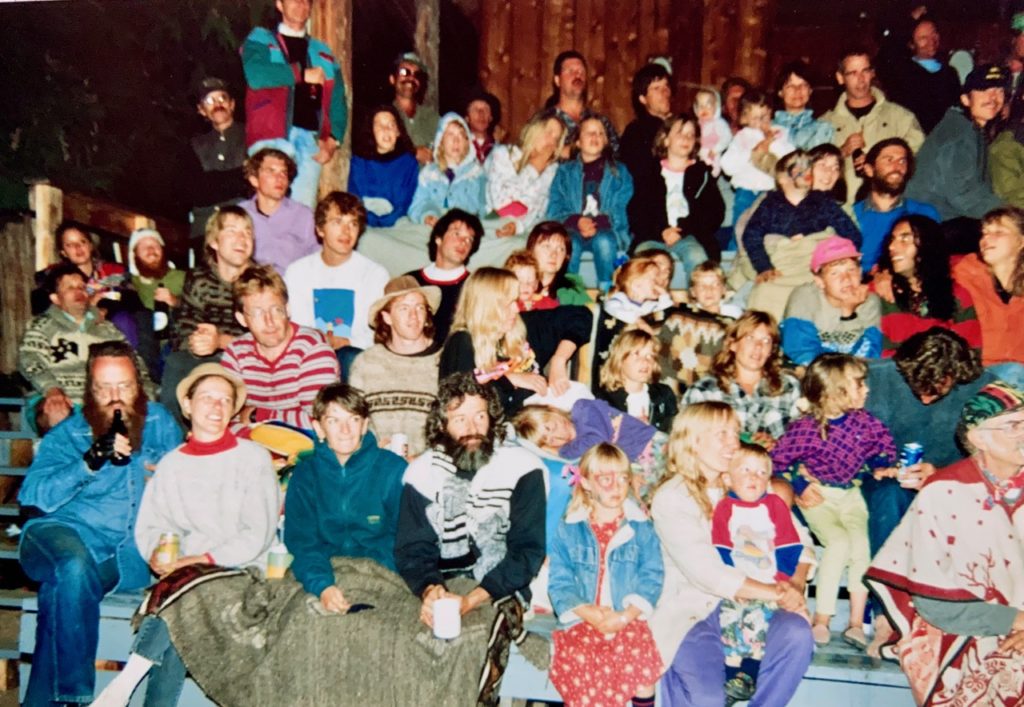
The article above provides just an overview of the 25 years and certainly additional details are needed to provide a more comprehensive history of the festival, that featured amateur theatre and homegrown music. Unlike most community events elsewhere, the festival was free for all those who attended. Community members provided the funds to cover the cost of the feast and other expenses and they donated their time and materials. The memories I have are linked to the many photos in my collection, most of which I took as I have also been a chronicler for our community. There are years that are missing images, including 1978, 1979, 1981 and 1982. Thankfully, the key years, when significant improvements were made are well covered.
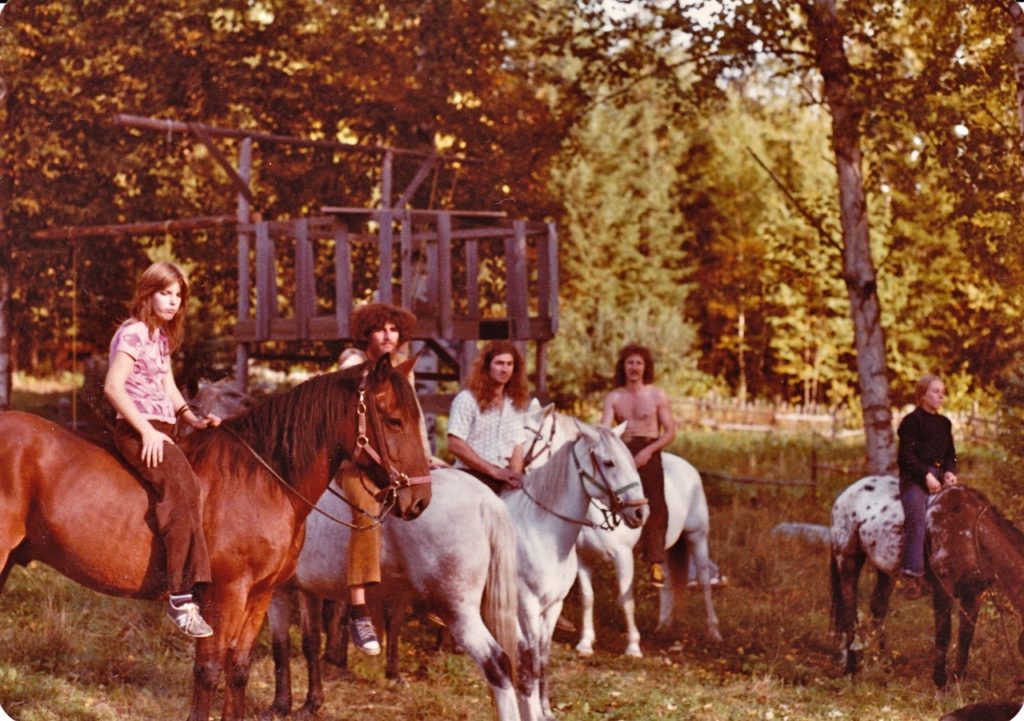
In the early years, our horses always seemed to part of the festivities. In 1977, one of the daytime events included a gymkhana held on the small field at our place, aka “the lower commune.” In addition to the typical jumping and barrel racing events, there was a race on a course that included our driveway. Many of us sure enjoyed “playing cowboy” in those days and the spectators had fun as well.
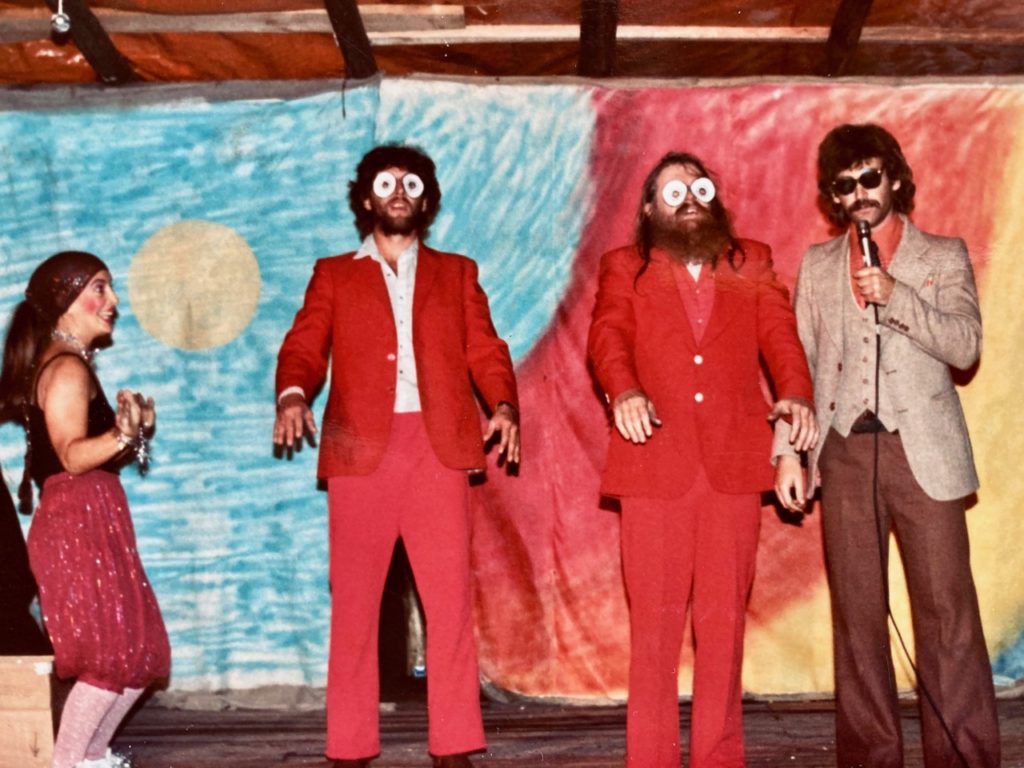
From 1976 until the early 1980s, I was quite involved with cultural activities in Salmon Arm, including producing concerts and dances with the Shuswap Coffee House and acting, directing and backstage work with Shuswap Theatre. In 1983, the Harvest Festival skits and music were exceptional and I with the help of others in the community produced a special show at Shuswap Theatre that included three of the major skits from the festival, plus some fillers and music by the “Beaver Boogie Band.” It was a great evening, despite the fact that few people from Salmon Arm attended. Our hopes of raising funds for the hall and impressing the theatre group with our talents were dashed and we barely broke even!
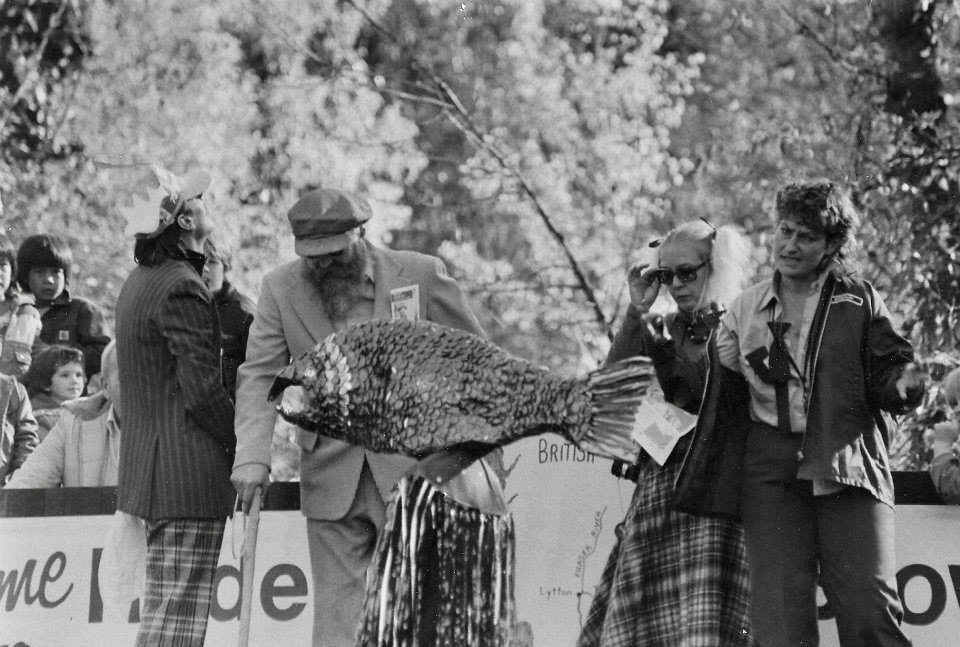
Another significant year for the festival was 1985, when a skit about the Salmon Run was so well done, it was chosen to perform the following year at Expo ’86 and at the Adams River Sockeye Celebration that fall. Also on that year was Laurie Payne’s play about the talking furniture, “Musical Chairs.” Later that year, Laurie presented the show at Sagebrush Theatre in Kamloops, thanks to support from the late David Ross, the Western Canada Theatre Company Artistic Director at that time.
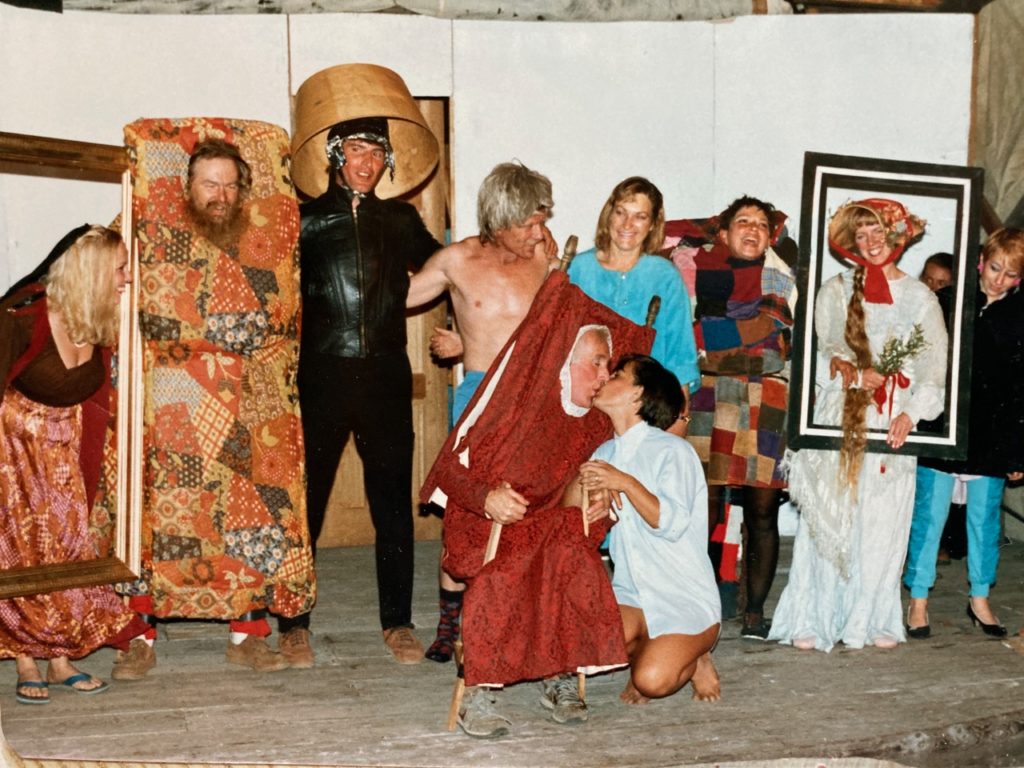
Over the twenty-five years there were so many highlights and special moments, that it would take much more time and room to provide a comprehensive list. A few significant recollections include the clown show for the kids, Teddy’s café out of his trailer, the night four young men who did a filler singing the song, “never trust a naked man” and then pranced across the stage in their birthday suits! The group from Magna Bay often brought quite the complex show with a huge cast that almost always included kids. Everyone remembers the skit where the lady with the enormous skirt, where underneath hid one of the community’s most talented musicians who would emerge to mound potatoes.
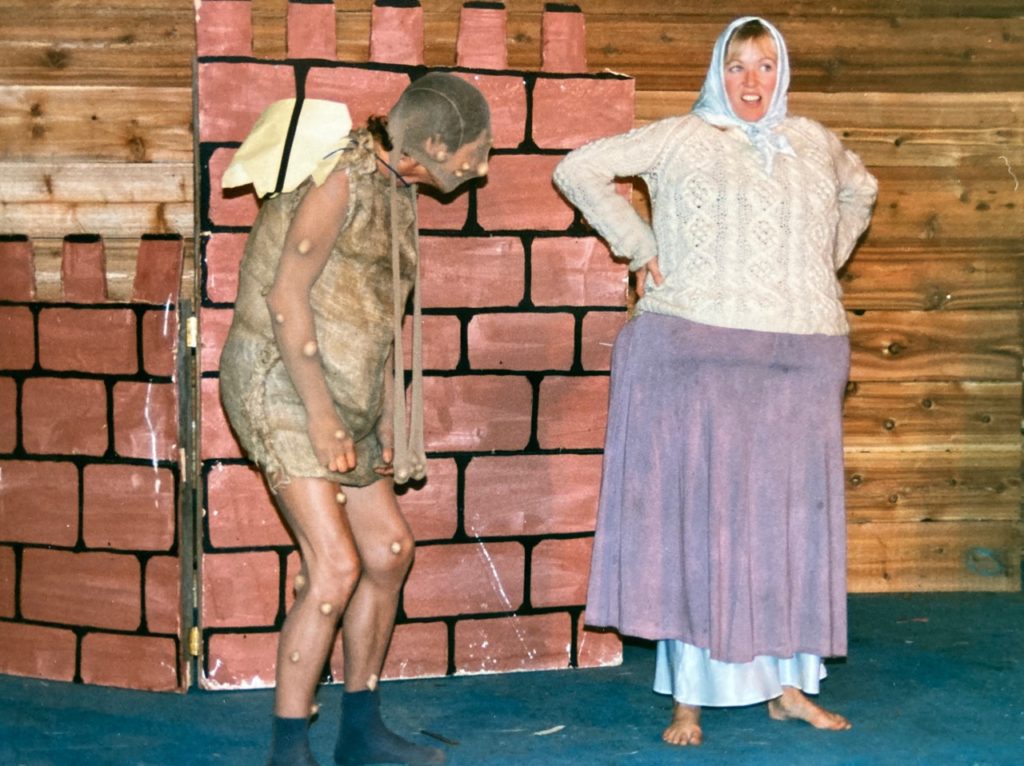
While the fun, happy times predominated, sometimes there were issues stemming from overindulgence and impolite behaviour by some of the attendees who insisted on trying to divert the focus to them instead of those on the stage. Raucous spectators were not unique to Lee Creek, as even Shakespeare likely had to cope with unruly audiences. The other major issue that arose was the problem of success, when too many people showed up to party and the numbers of attendees grew to over 300. Our solution was to move the festival to a later date, with the hope that this crowd would no longer know when the event was being held. Apparently, some of this gang did show up on the first weekend of September to find an empty field and hall.
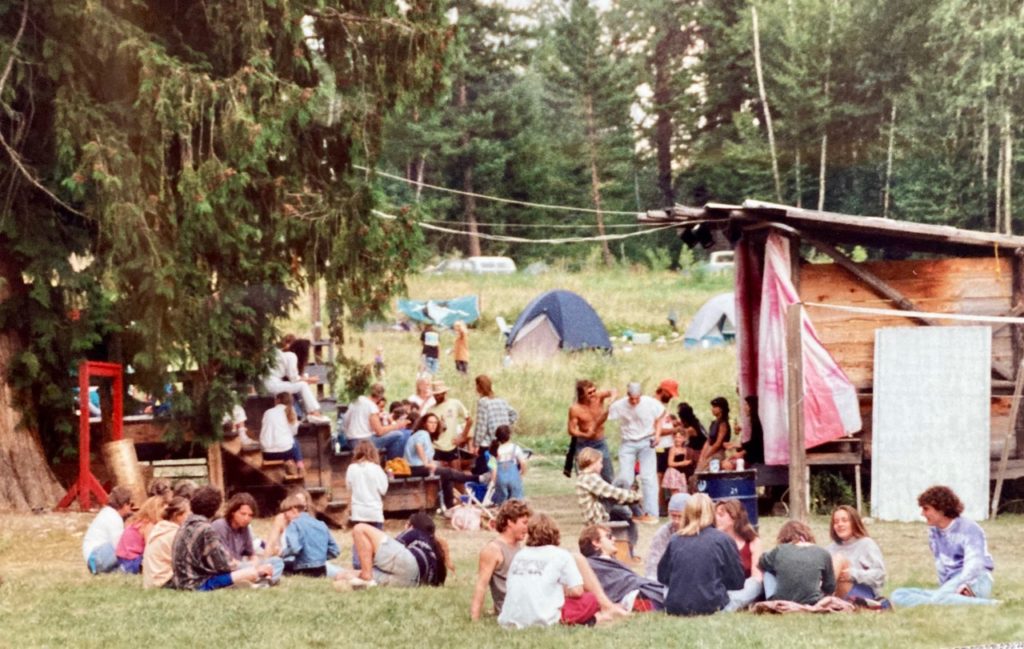
In many ways, the Lee Creek hill community reflected the era that we grew up in, the remarkable 1960s, when the counter-culture lifestyle was embraced by so many of our peers. We were back-to-the-landers who rejected conventional society and were eager to live without the luxuries of electricity, phones and running water. Instead of attaching ourselves to the assembly-line mindset of being slaves to the almighty dollar, we were geared to cooperation, artistic expression and the pleasures of the simple life. Among us were artists, crafts folk, musicians, writers, revolutionaries, and philosophers. While few of us focused on the spiritual aspect of that era, most of us embraced the psychedelic scene. The Harvest Festival became the epitome of our social life, as it was a time for everyone to come together and celebrate our harvests with all the creative juices we could muster.
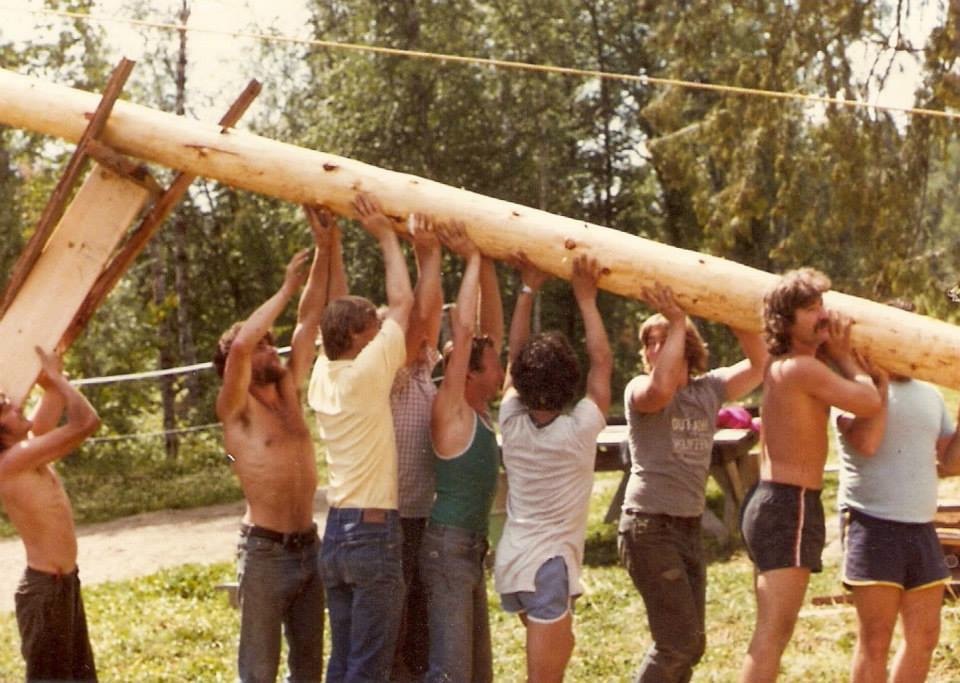
Of course, like all great things in one’s life, this cooperative scene could not last forever, although elements of it carry on today. Over time divisions developed, as with most groups of people who are not kept united by a common spiritual bond. For some, the lure of financial gain became too great and time became money. As for myself, I developed a desire to make a difference in the world by becoming a die-hard environmentalist with little time left for the community. Nonetheless, the bonds that formed during those heady, first two decades of our community remain and as most of us enter our final few decades of life we have plenty of time to reflect on the extraordinary times we spent together united in spirit and celebration.
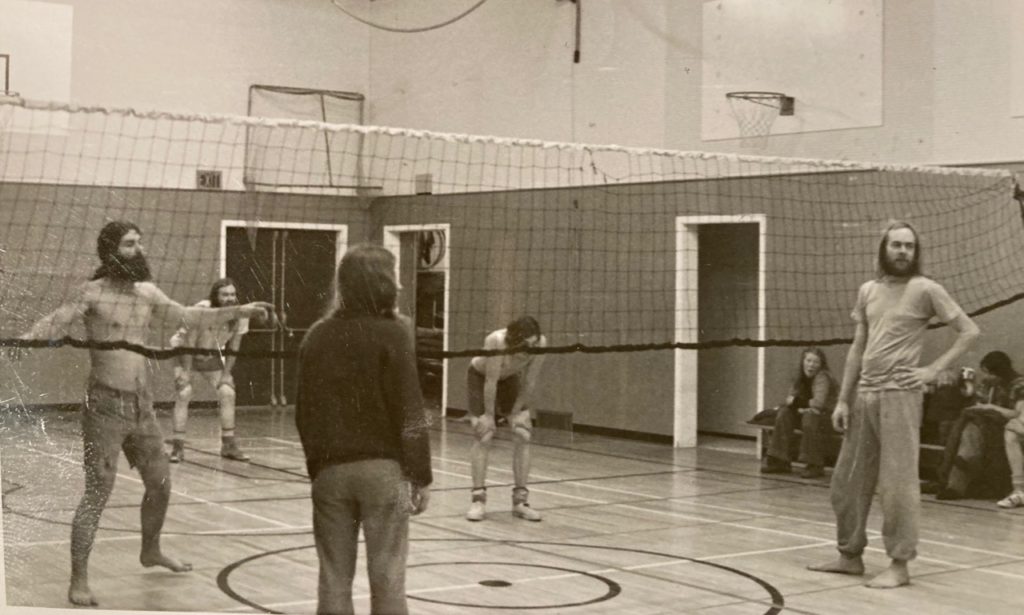
MORE IMAGES FROM FESTIVALS:
1976
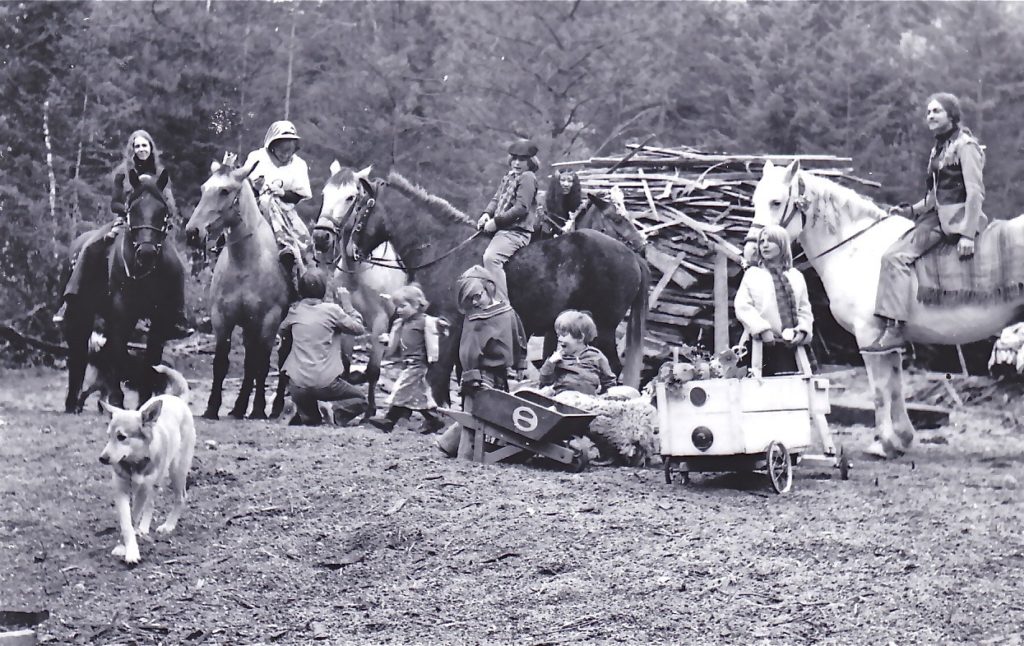
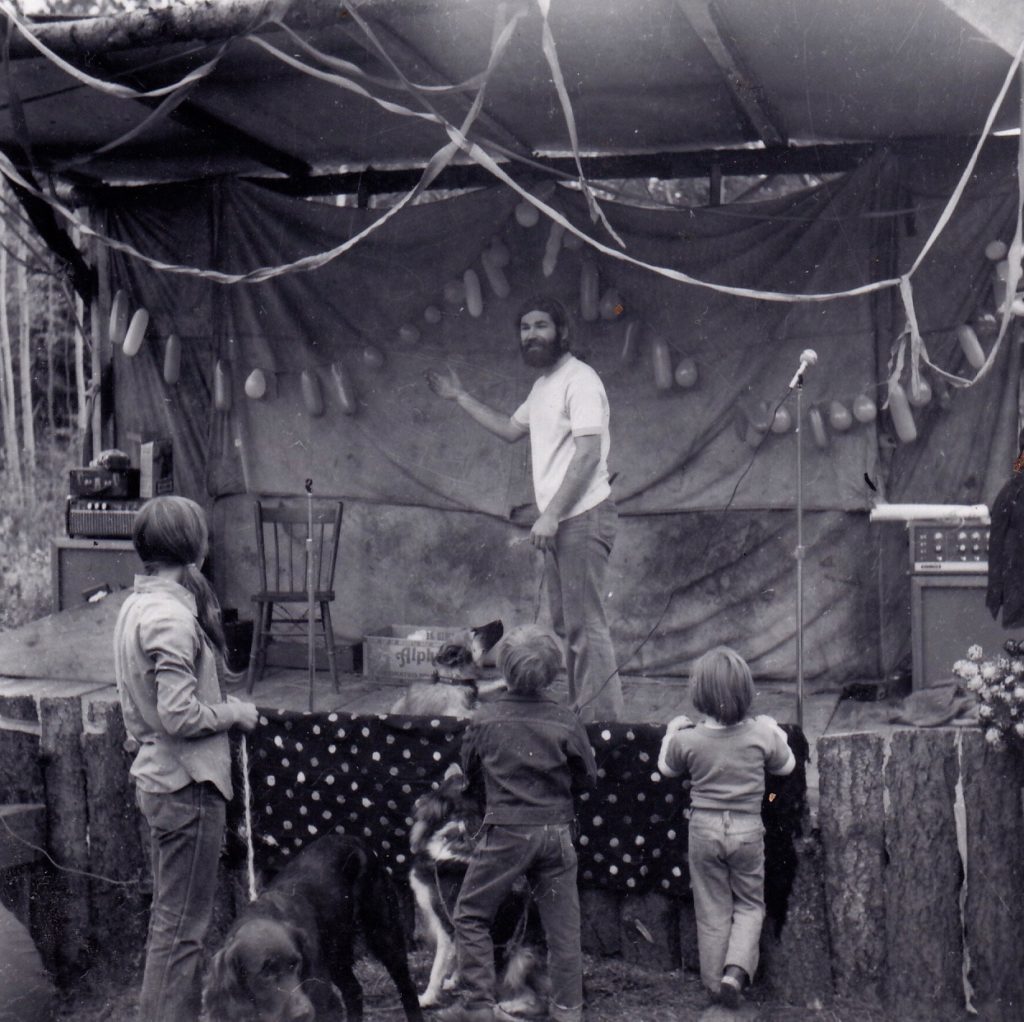
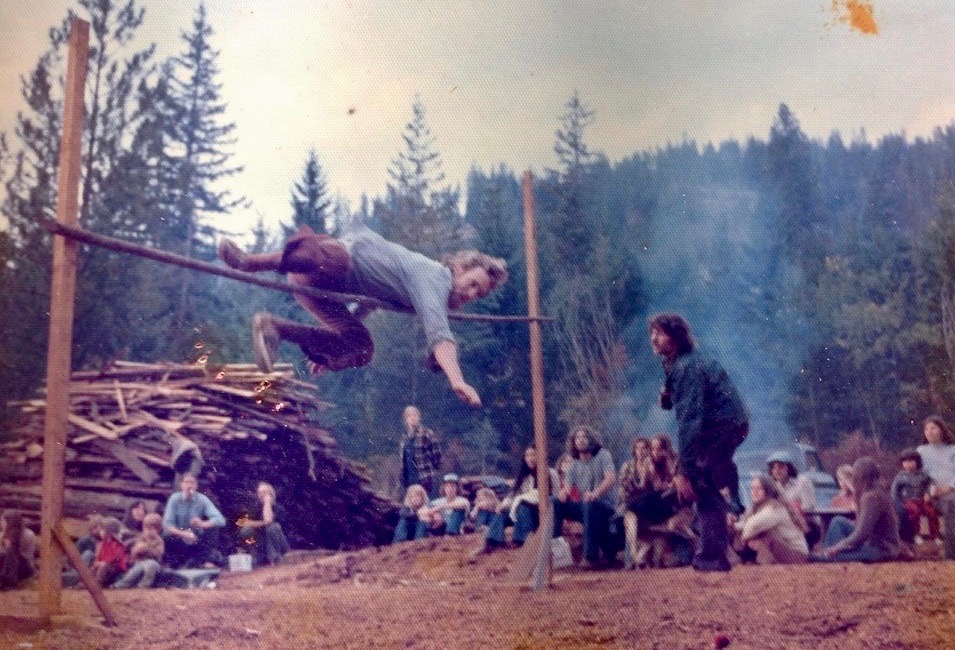
1977
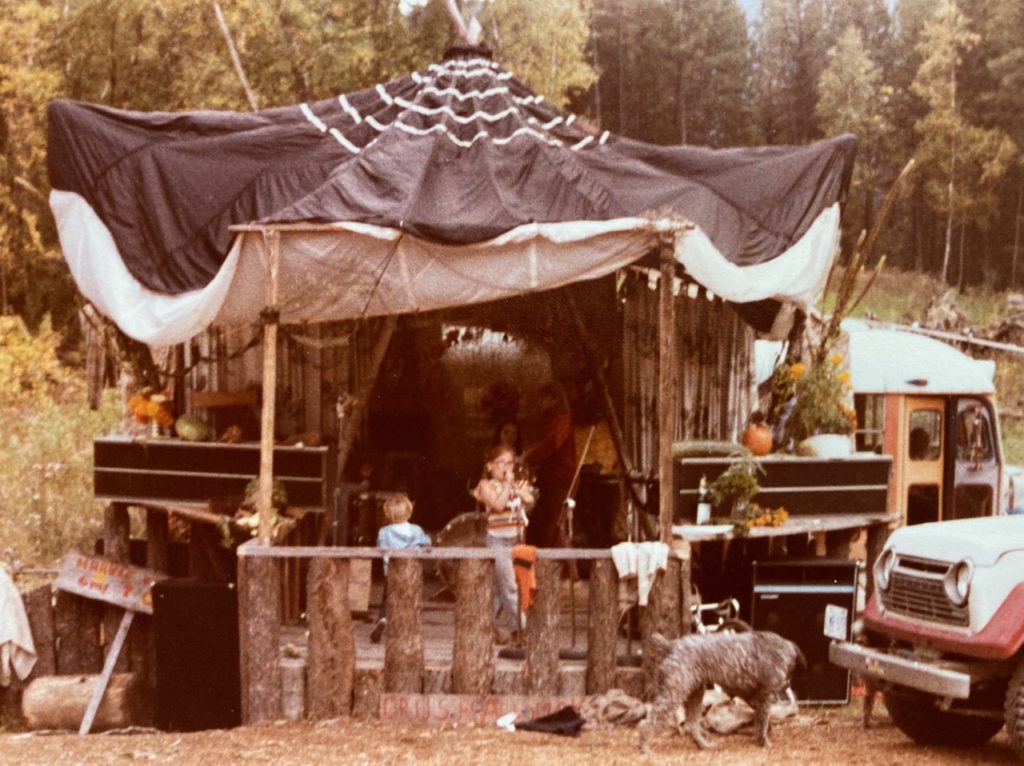
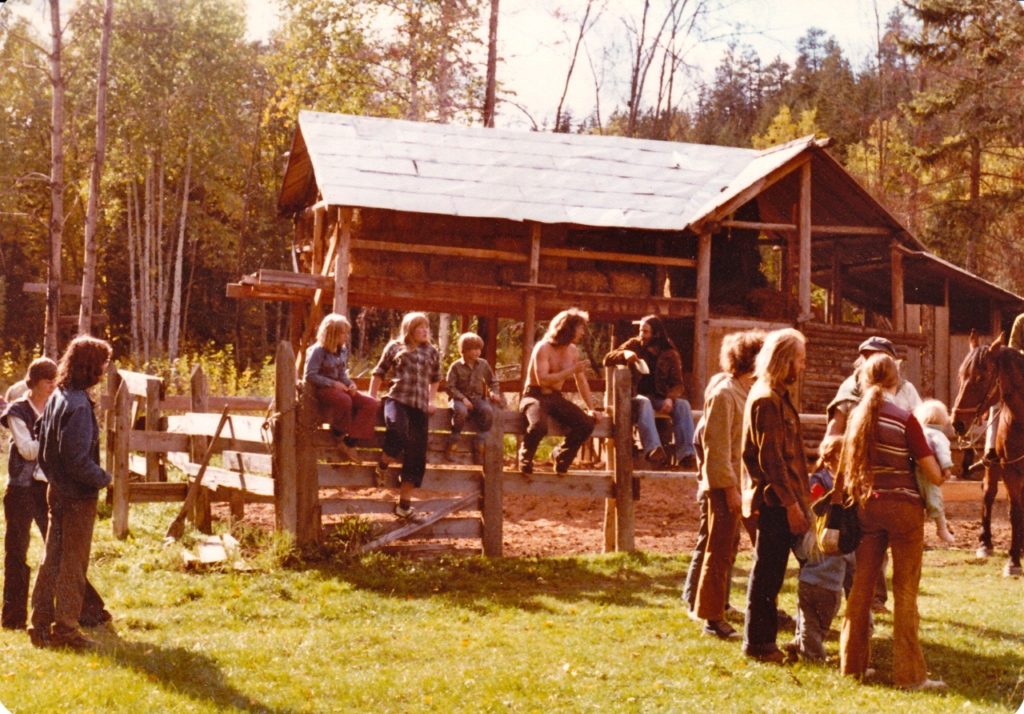
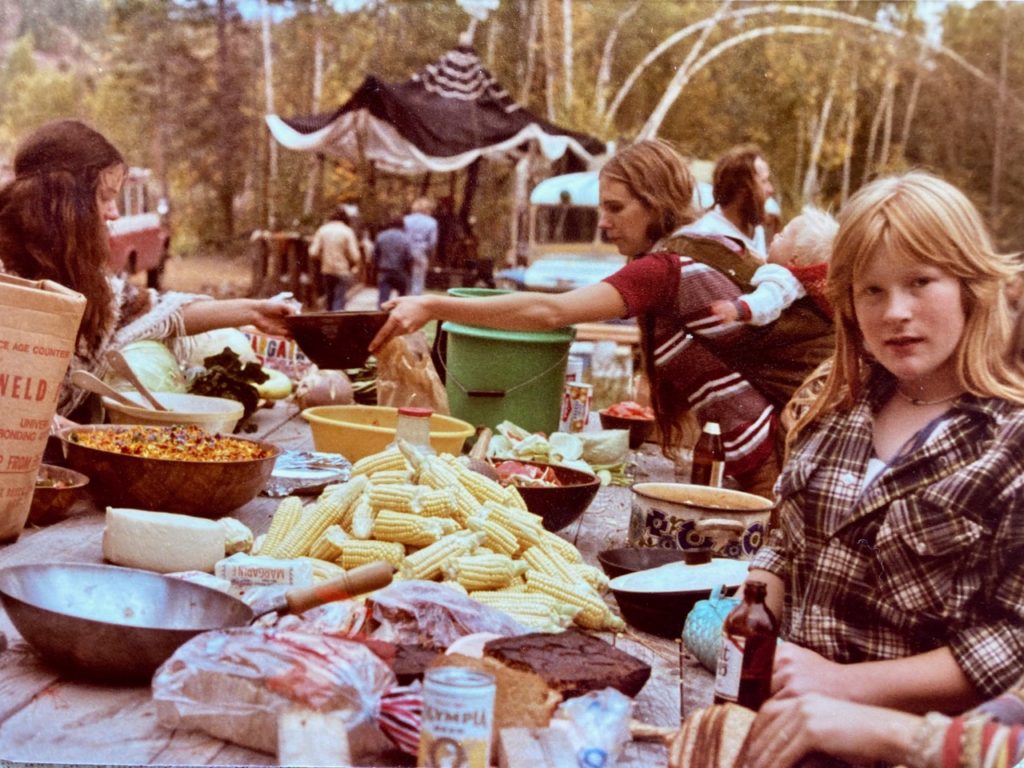
1980
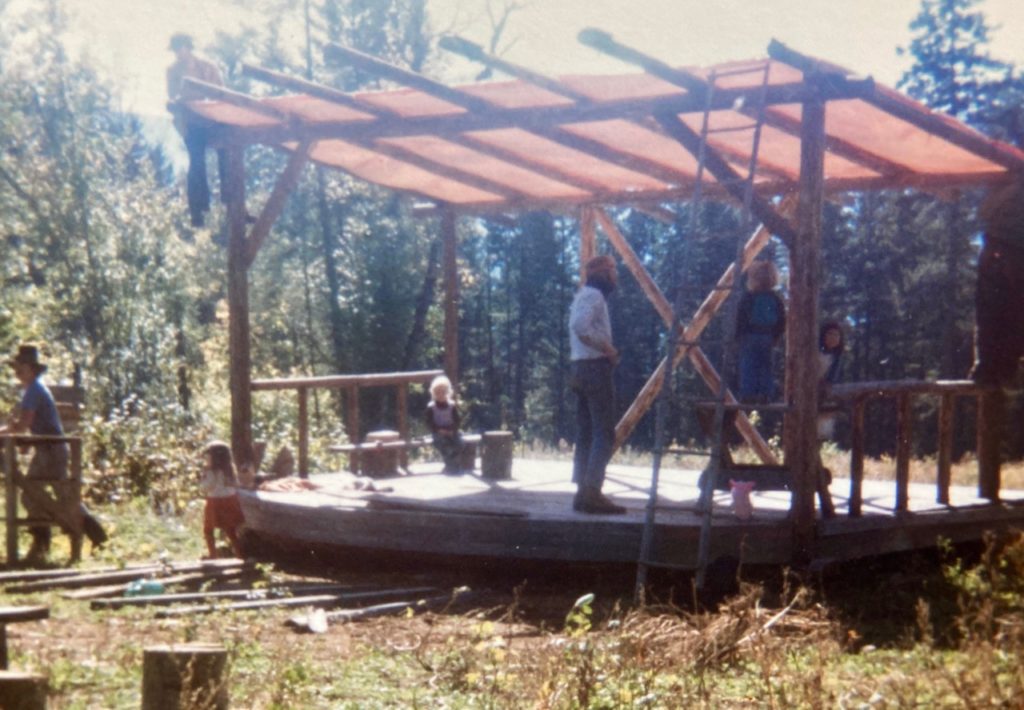
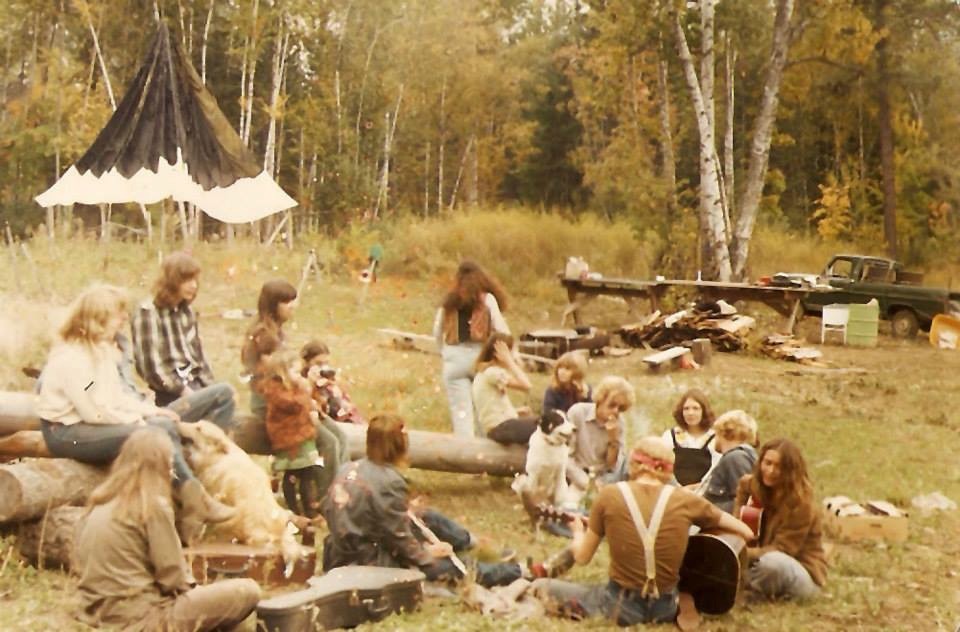
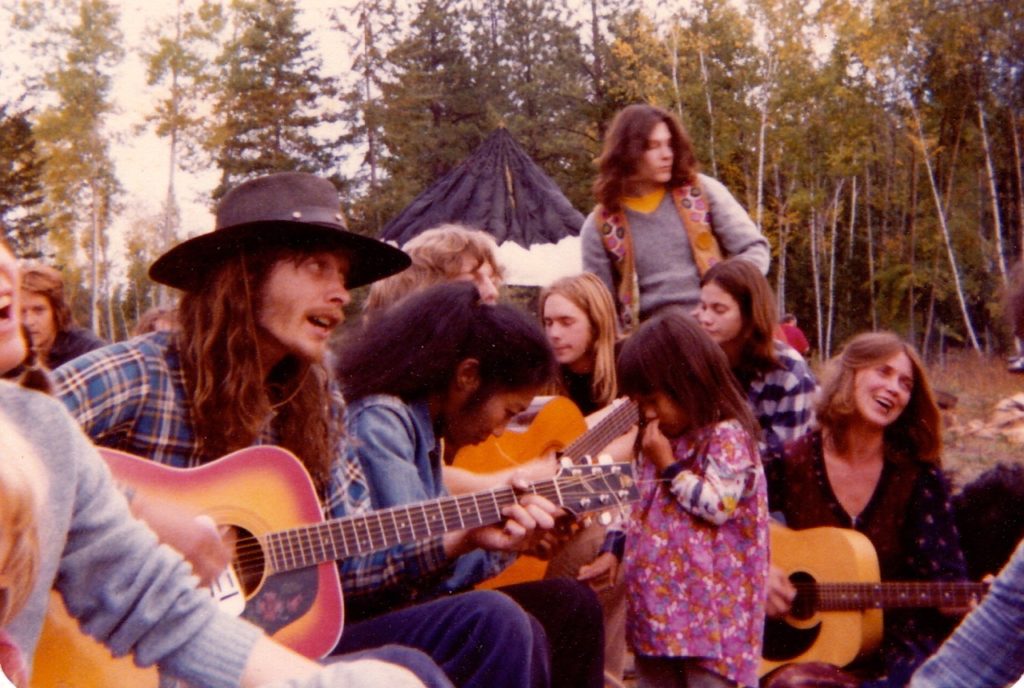
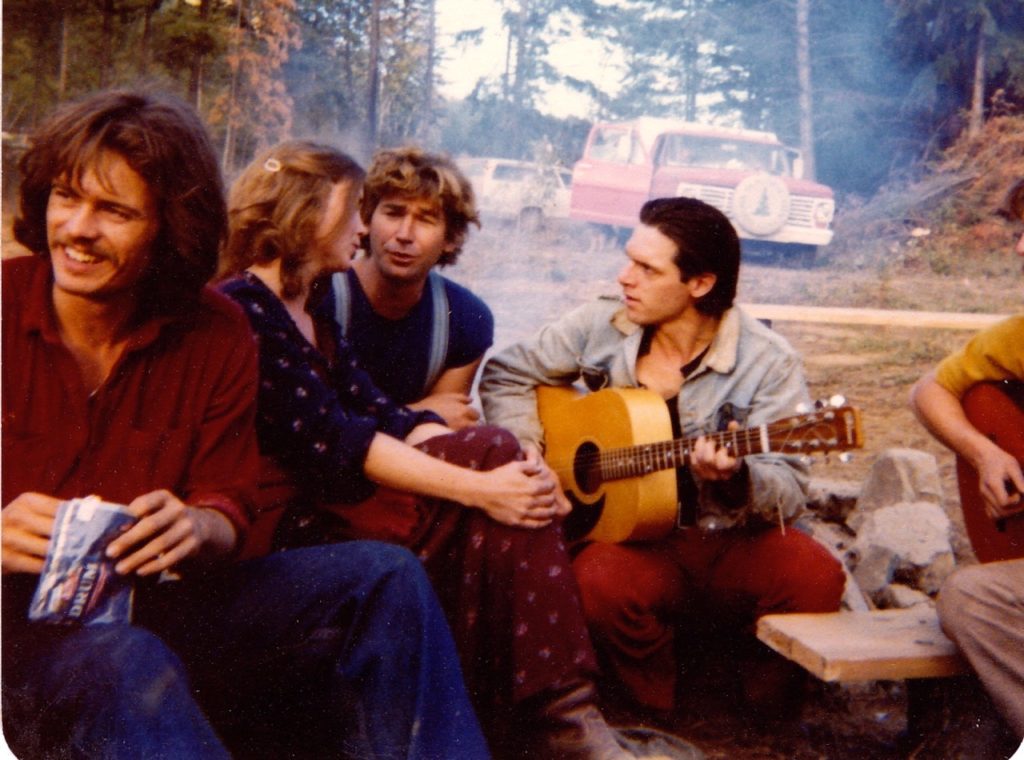
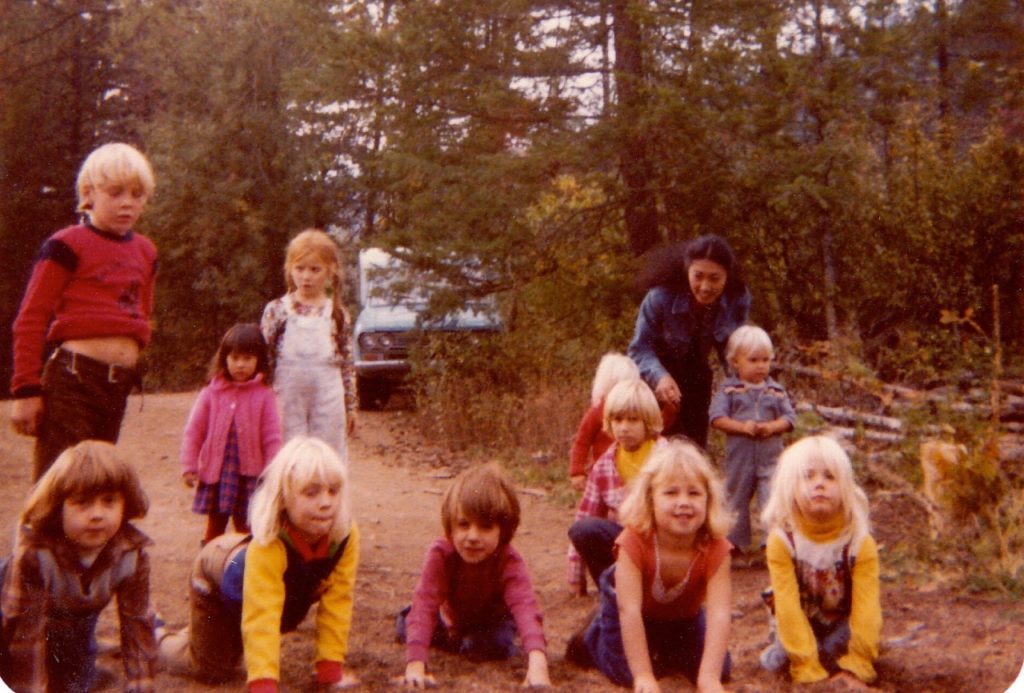
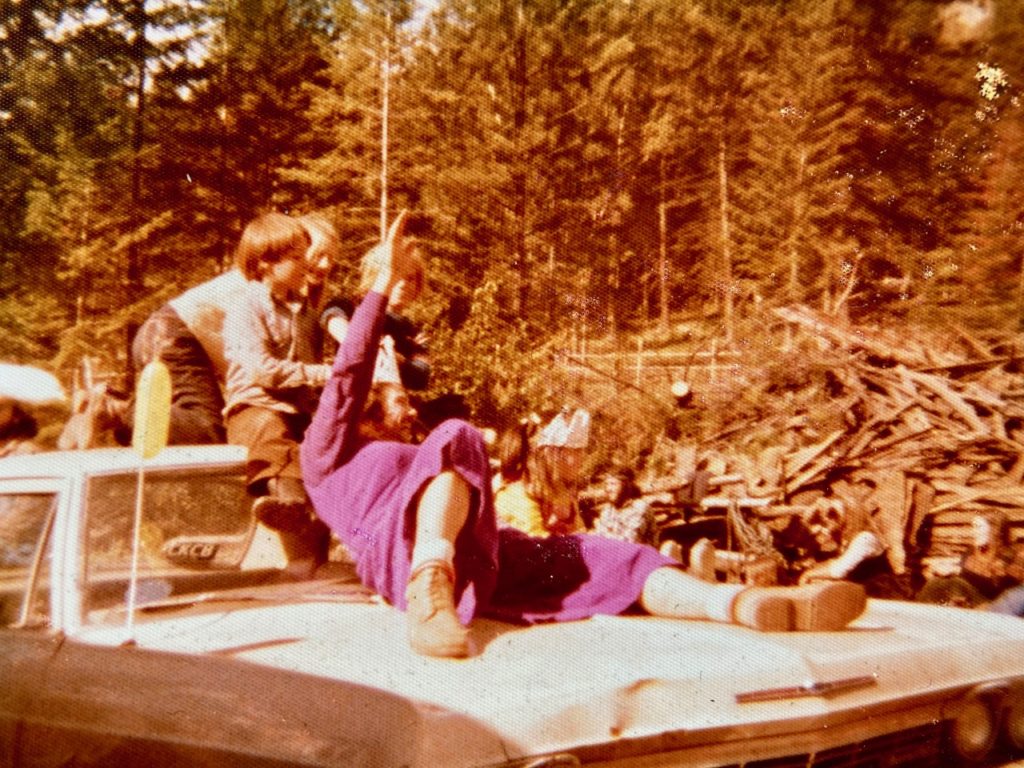
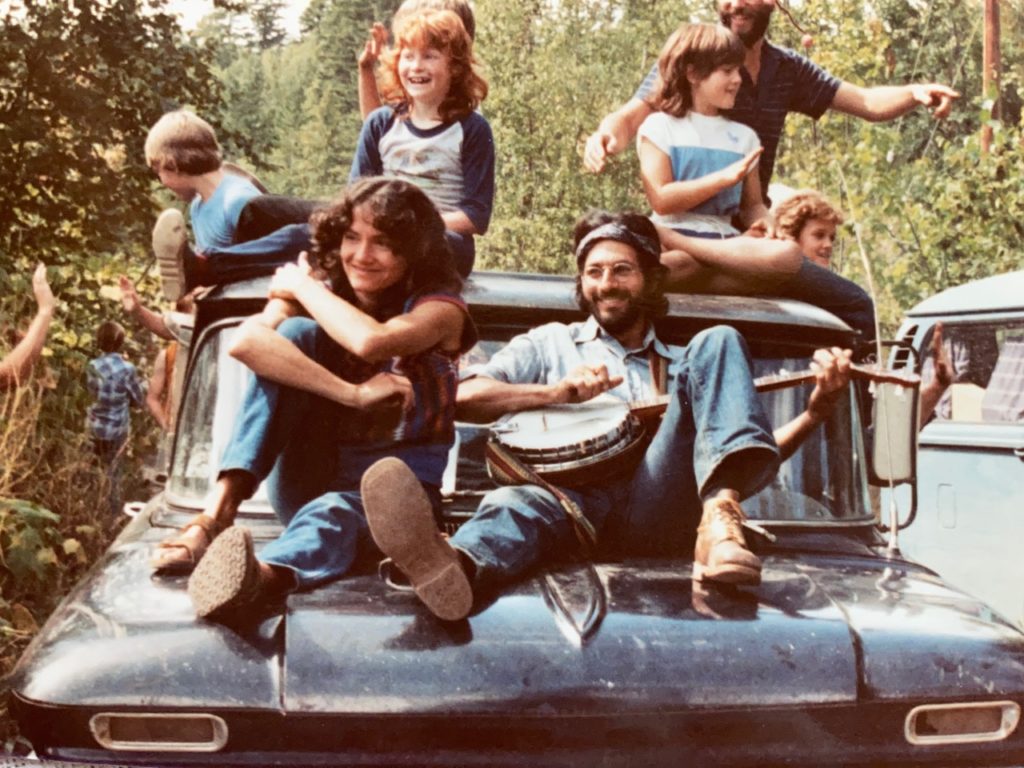
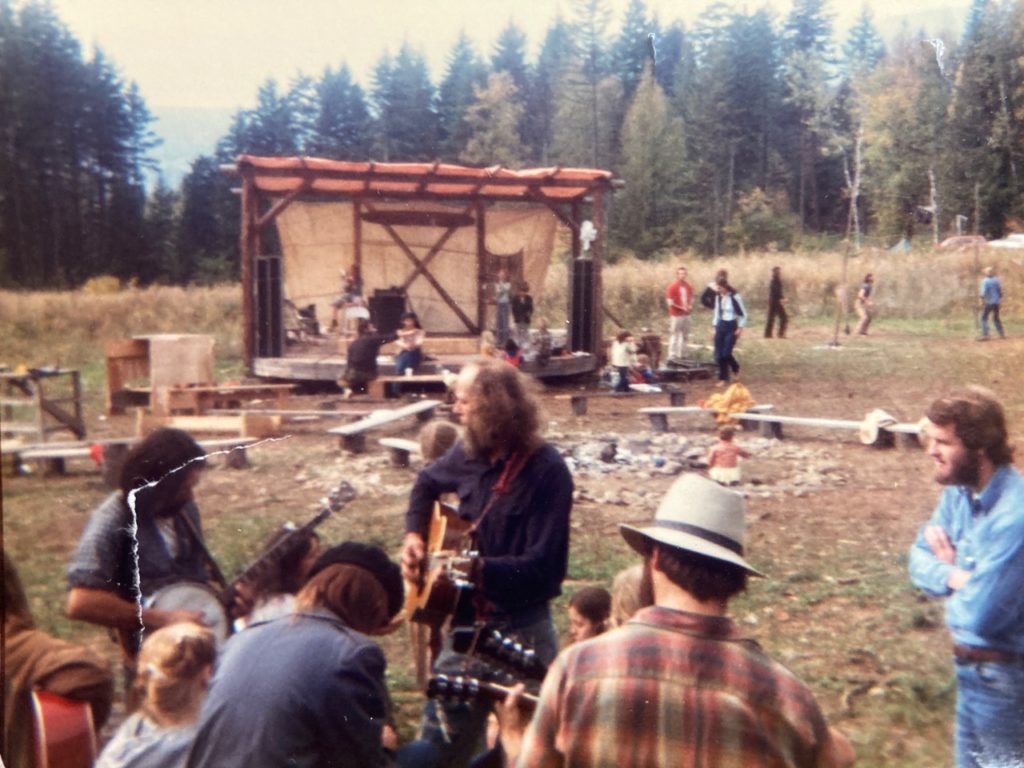
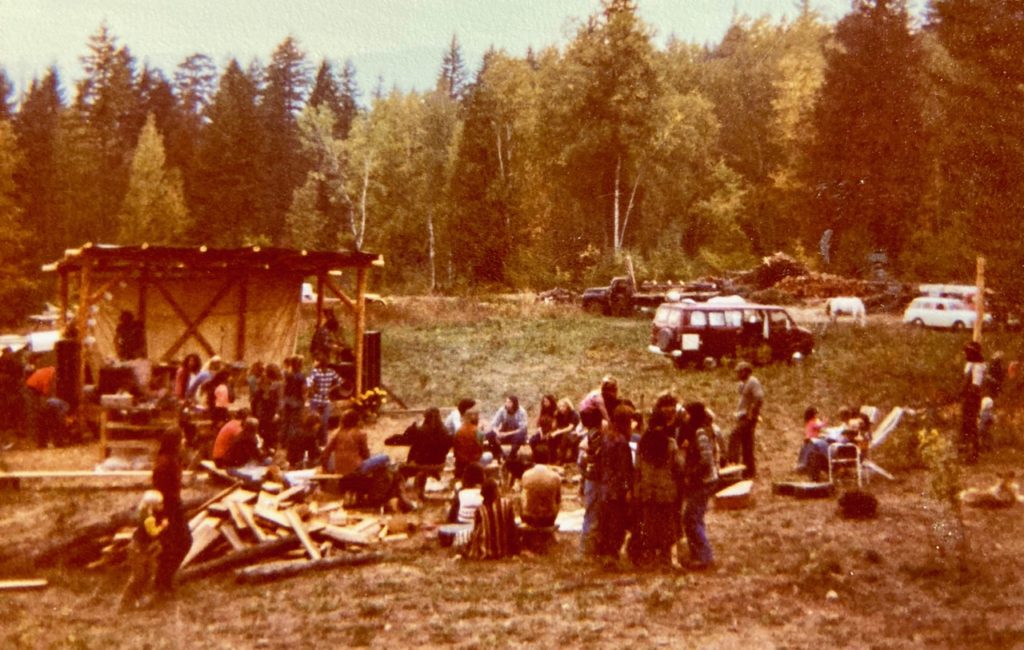
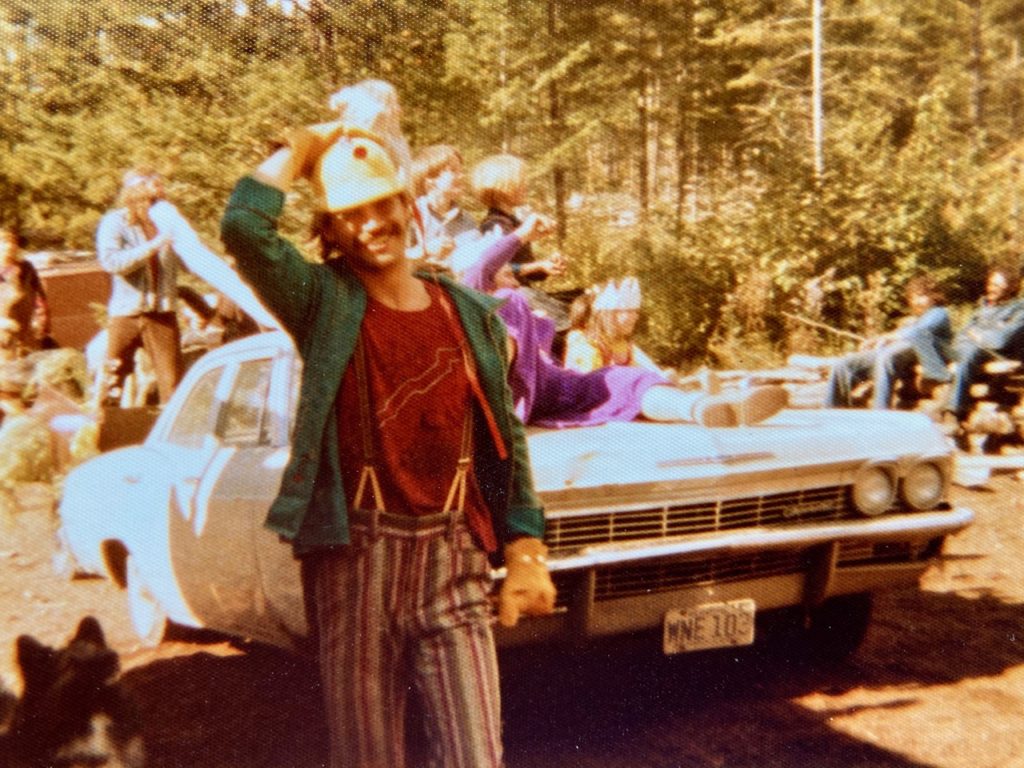
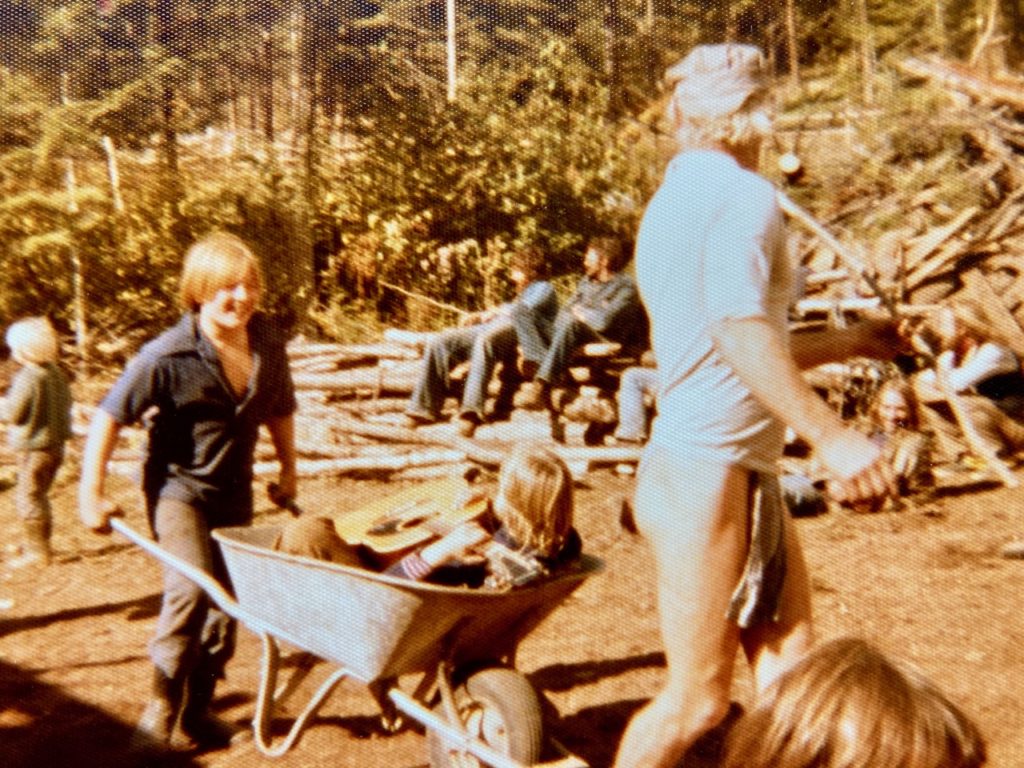
1981
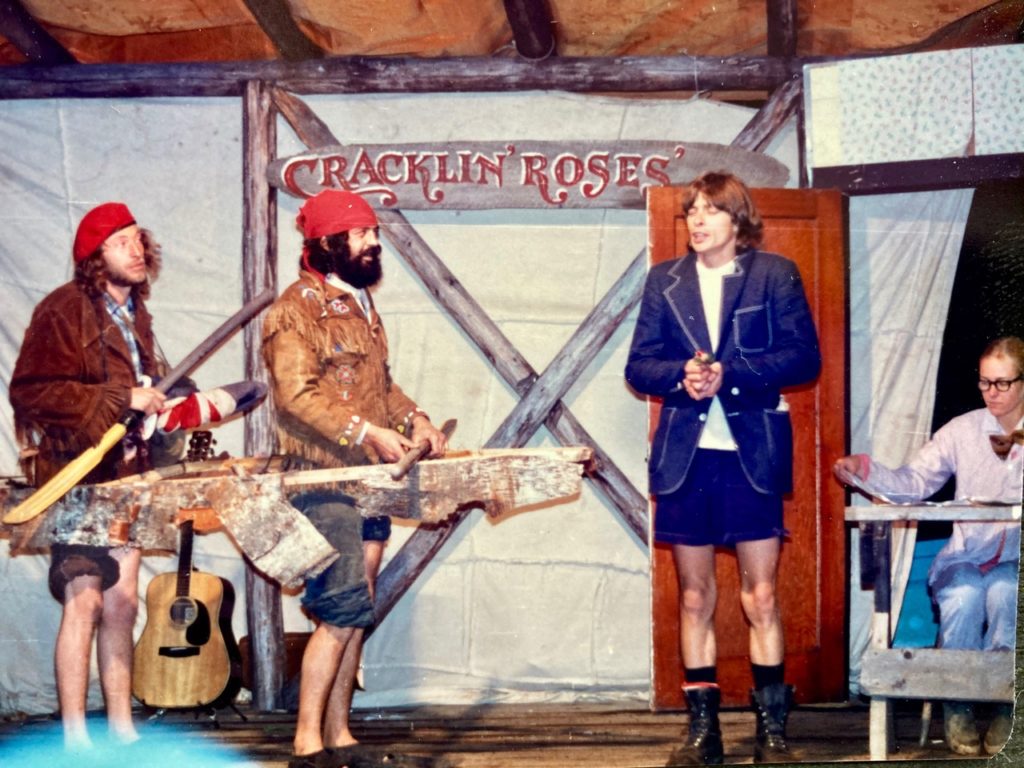
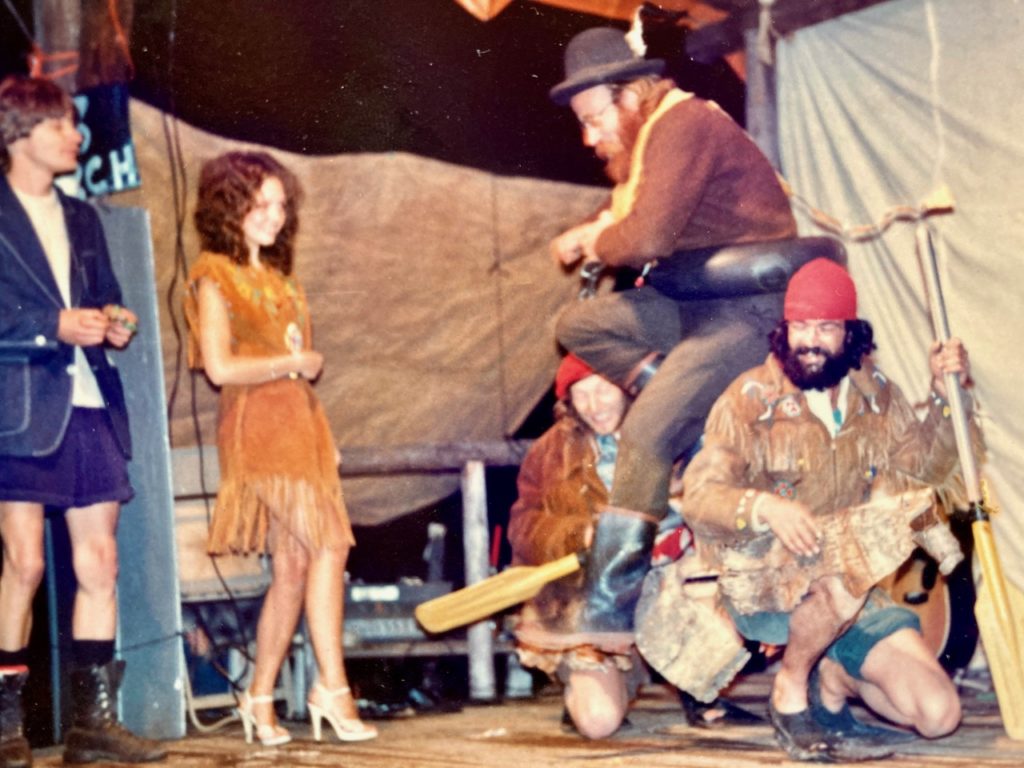
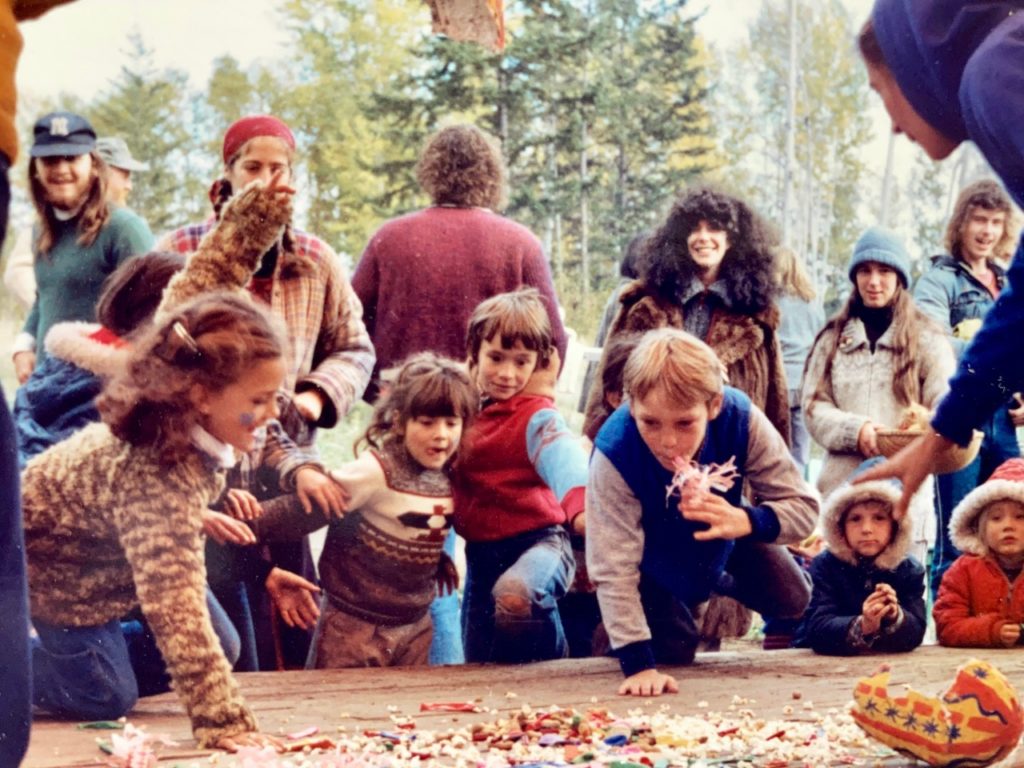
1982
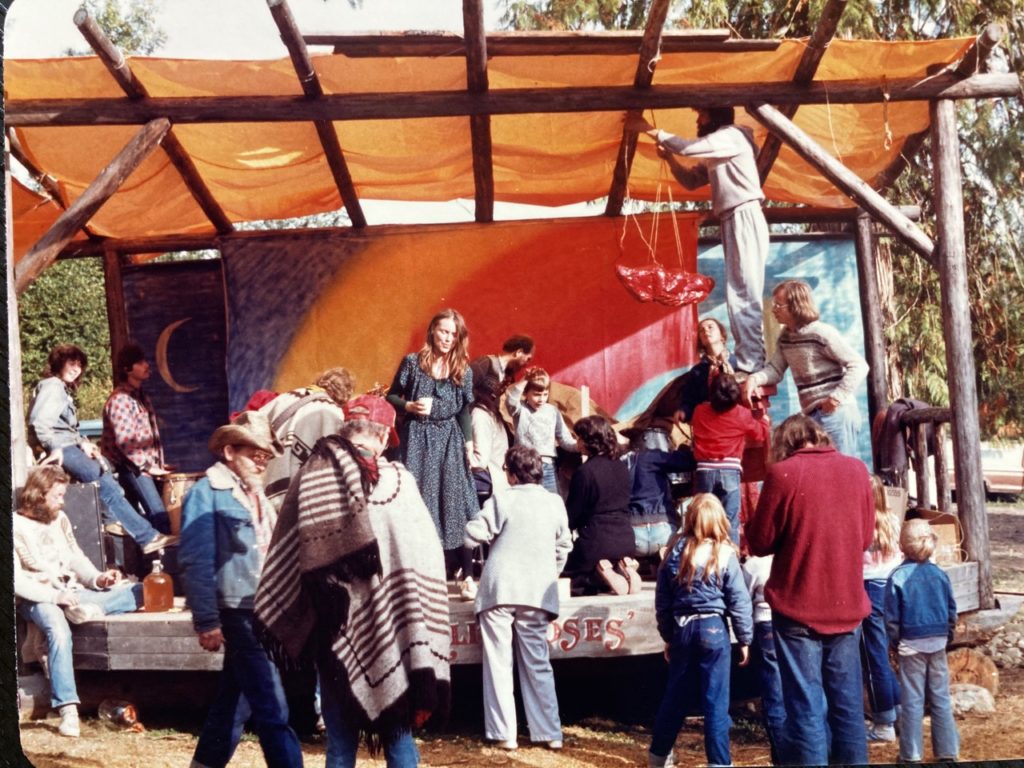
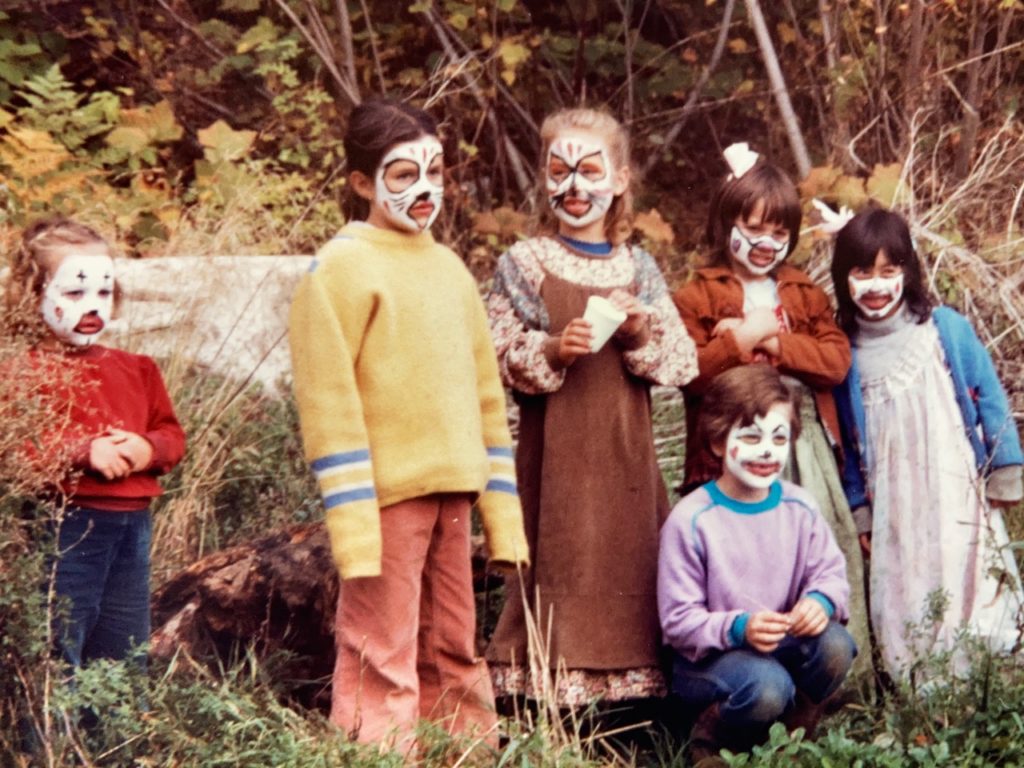
1983
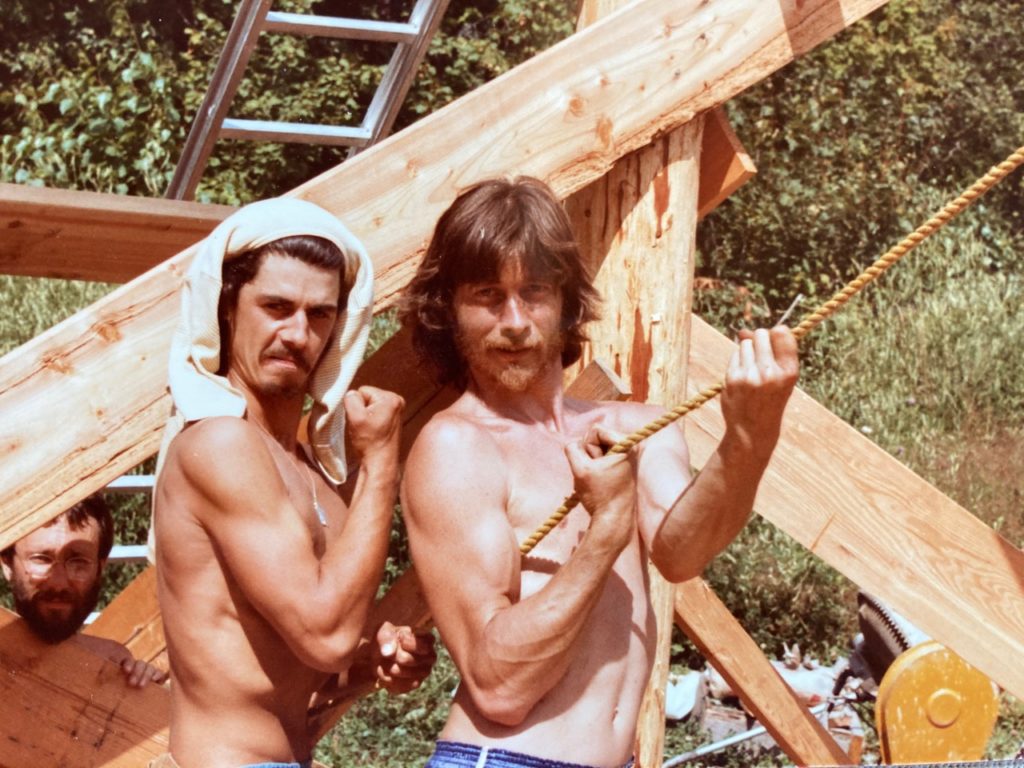
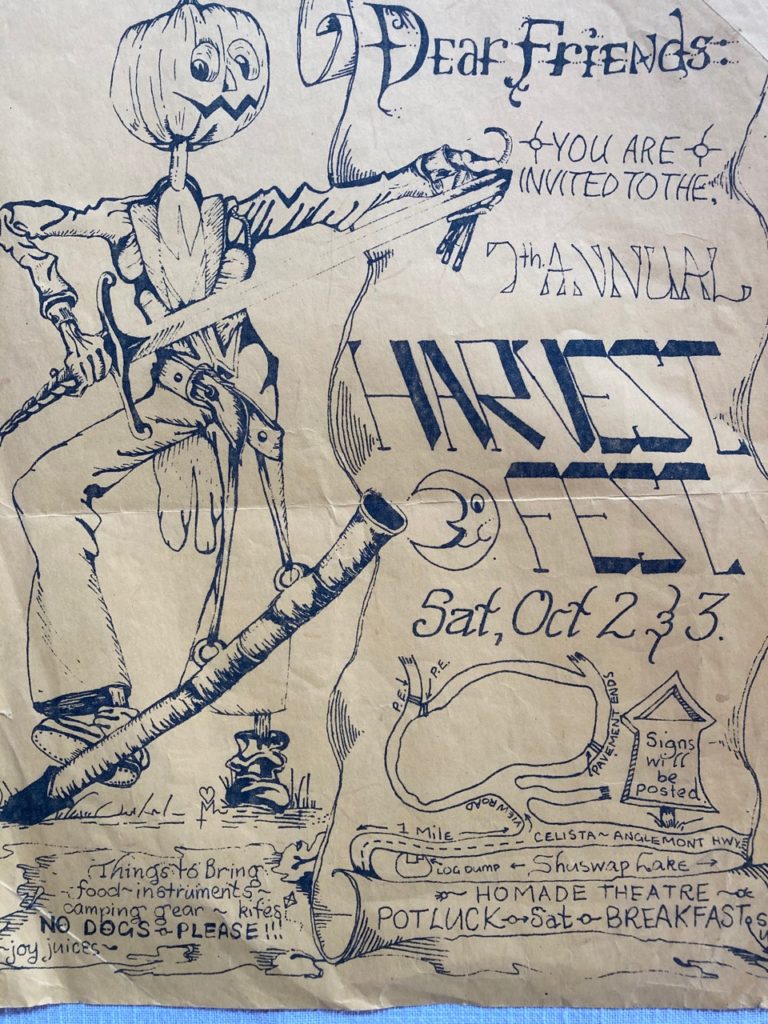
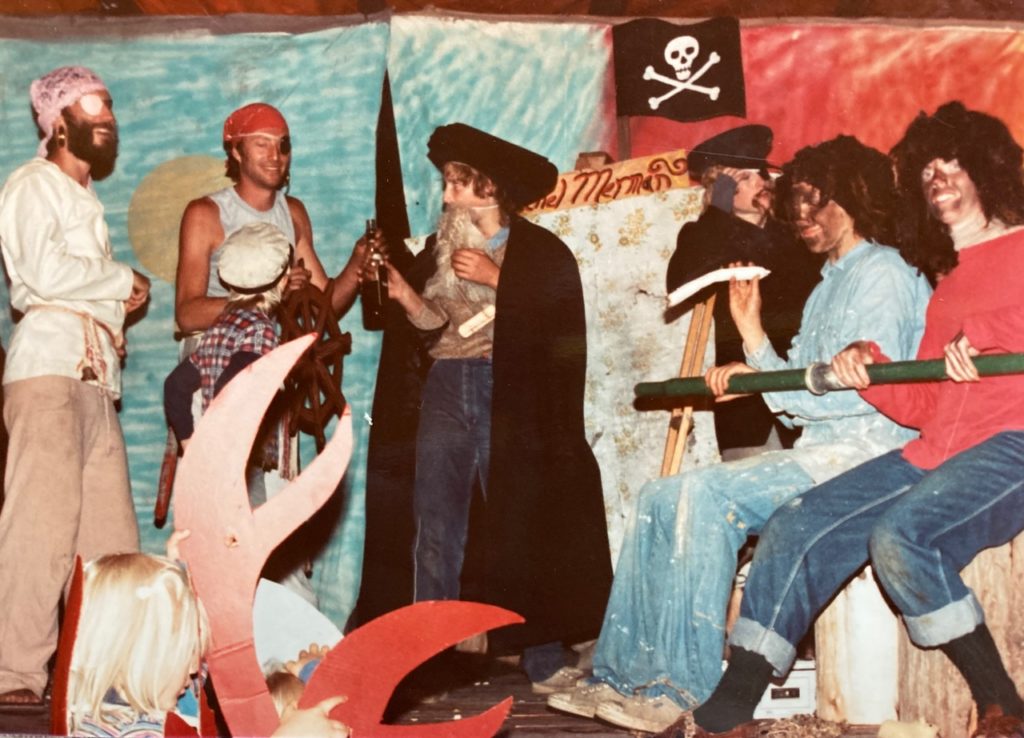
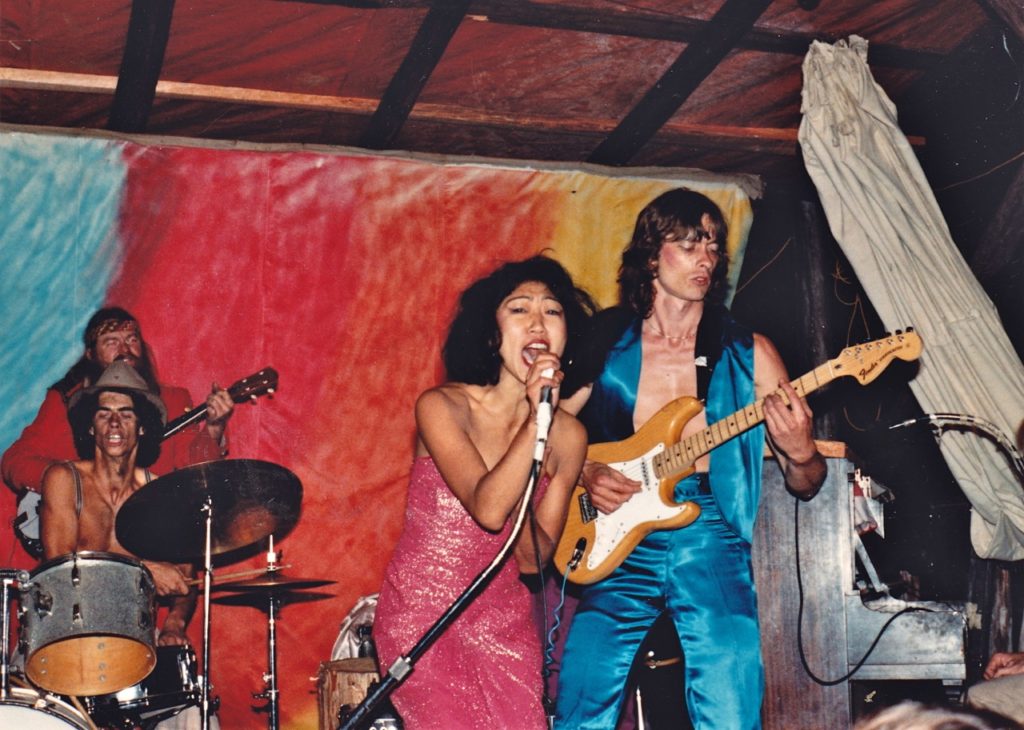
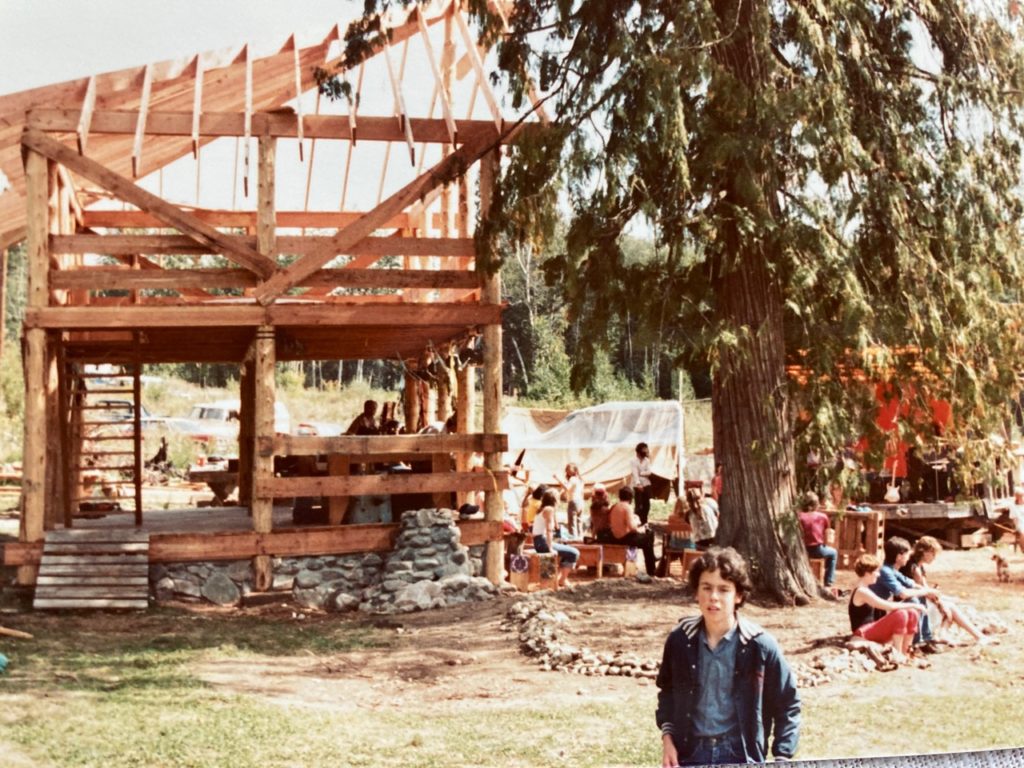
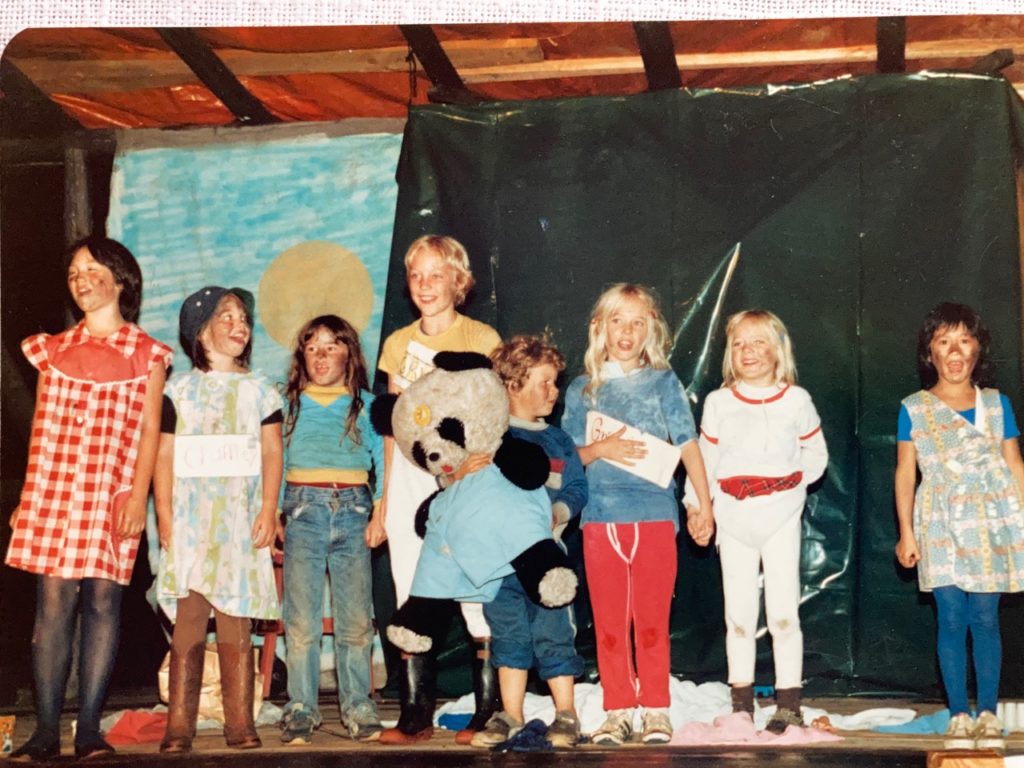
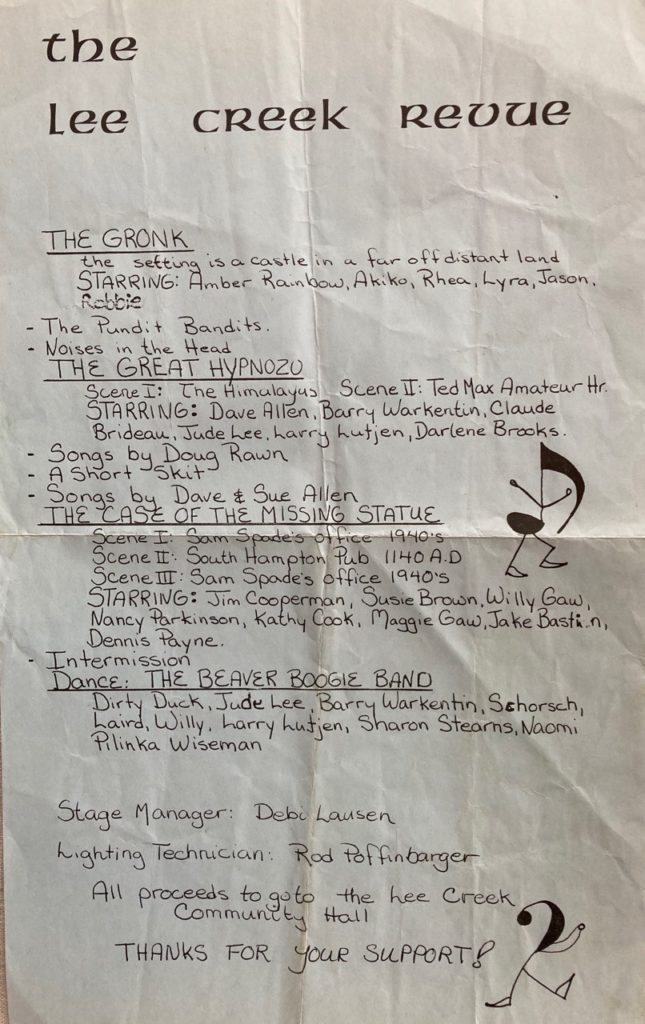
1984

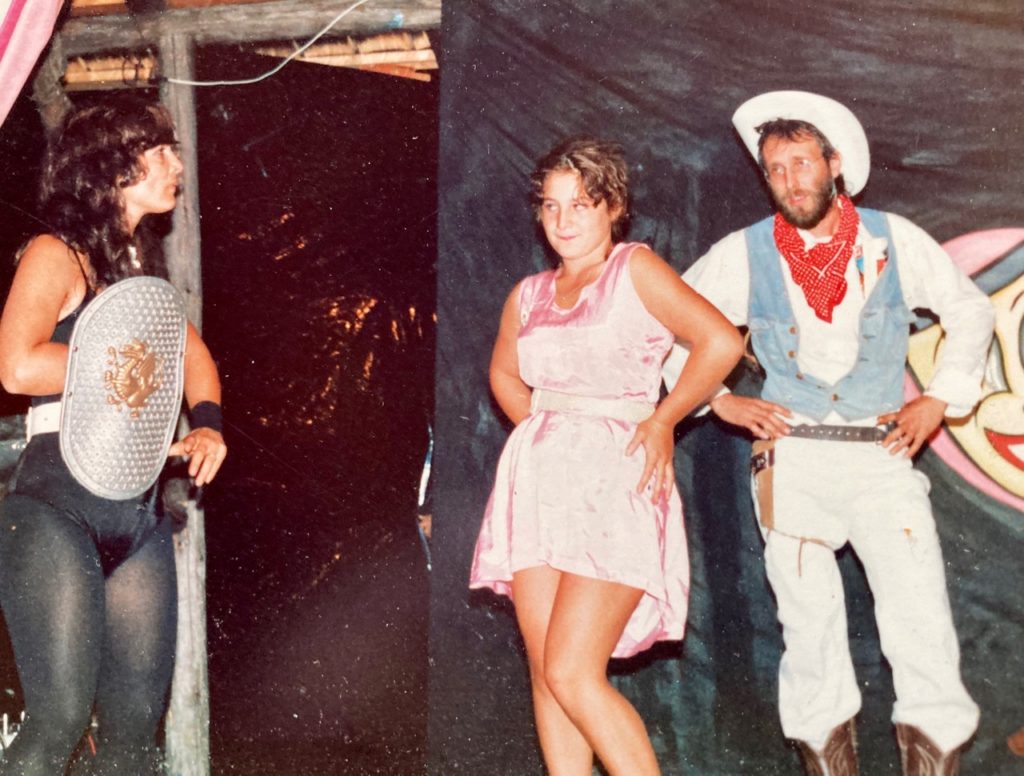
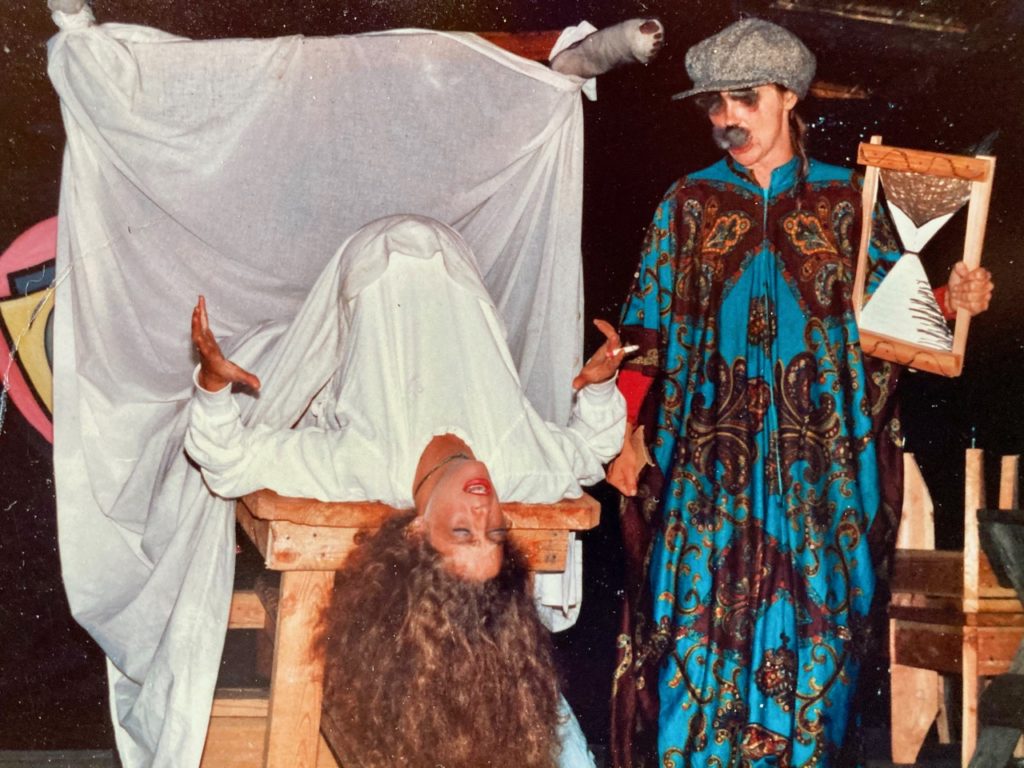
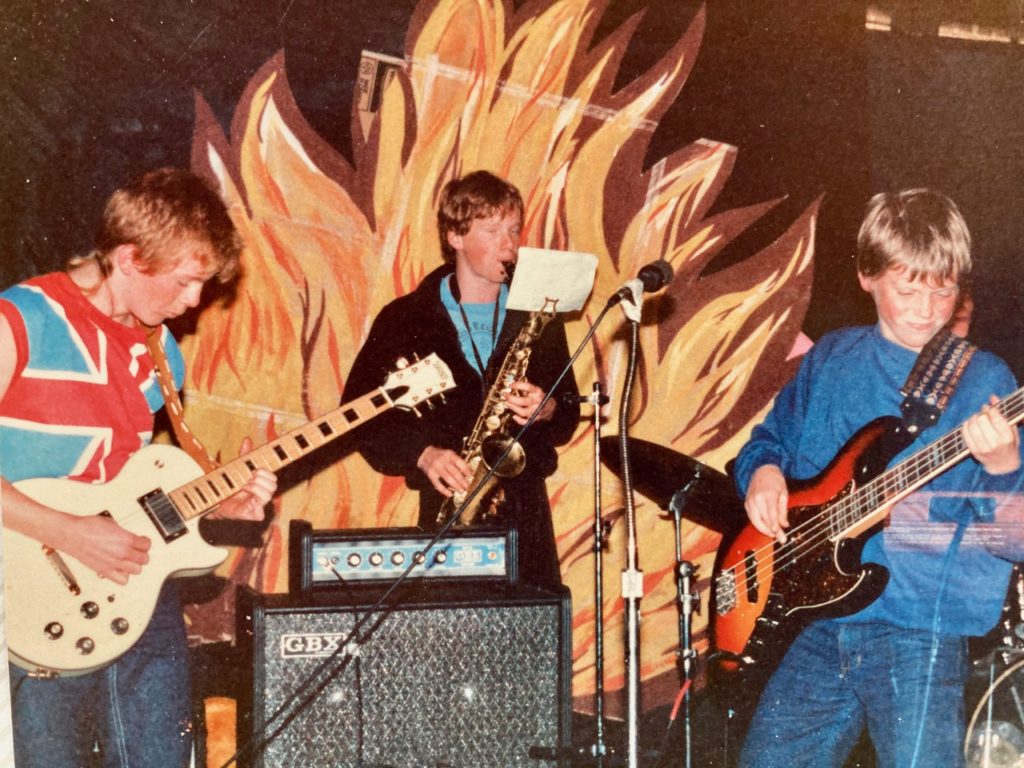
1985
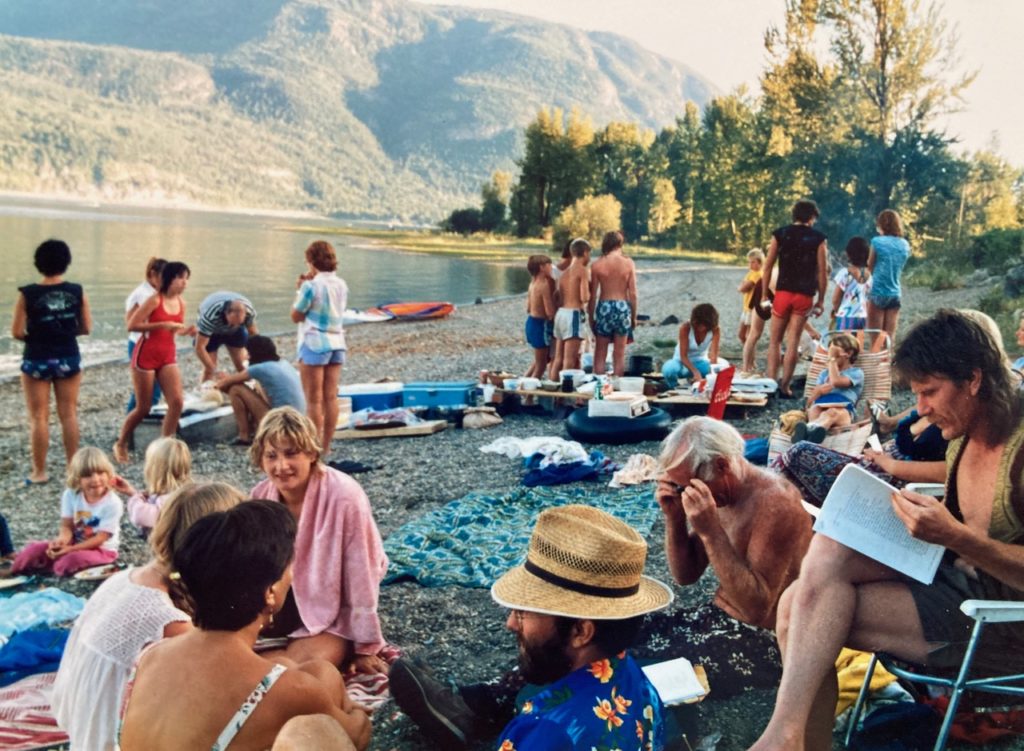
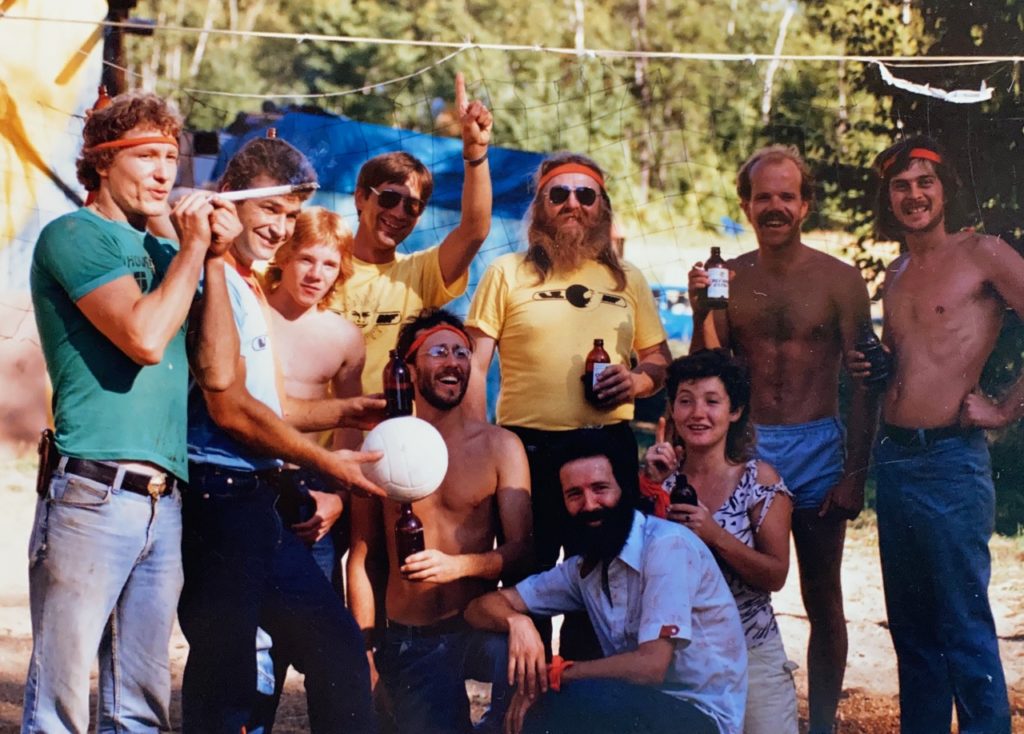
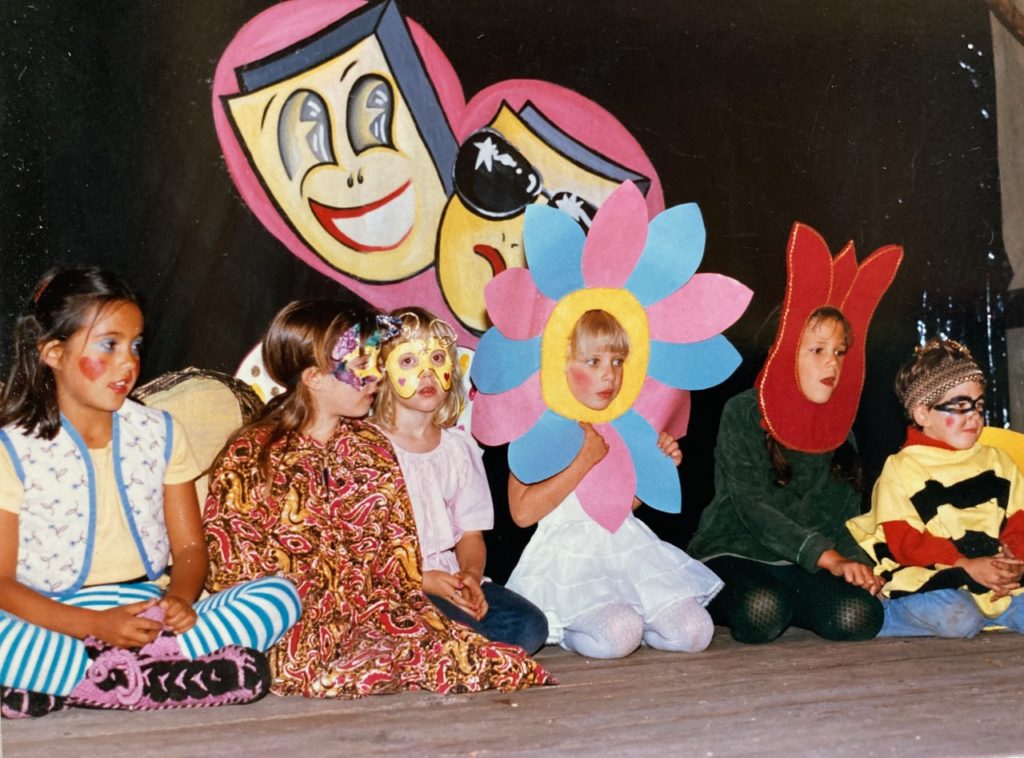
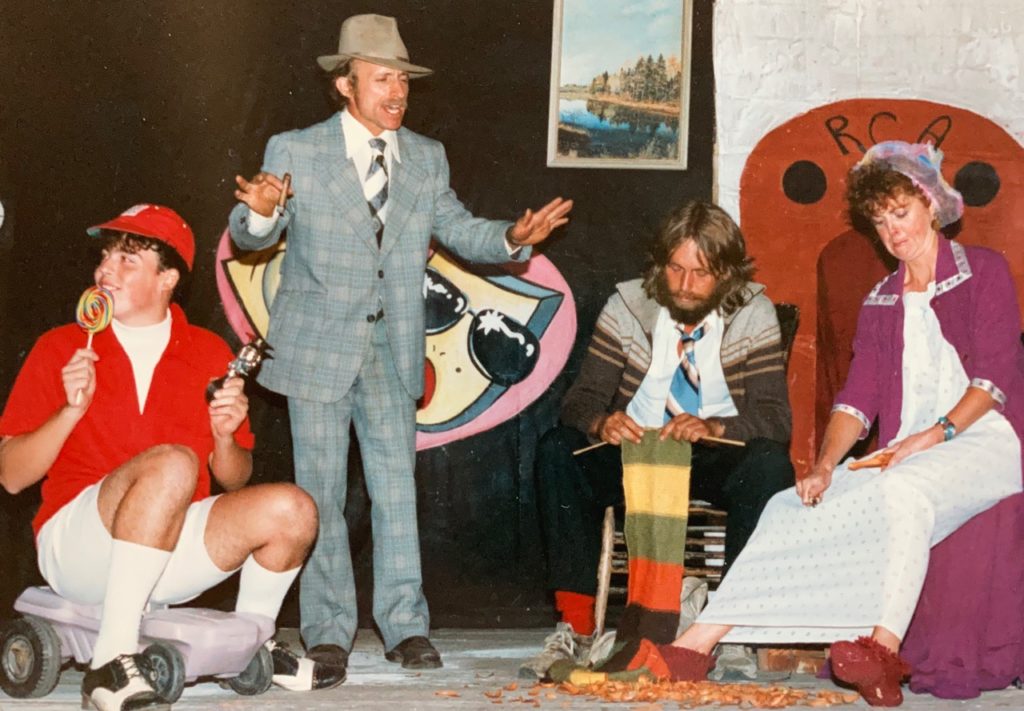
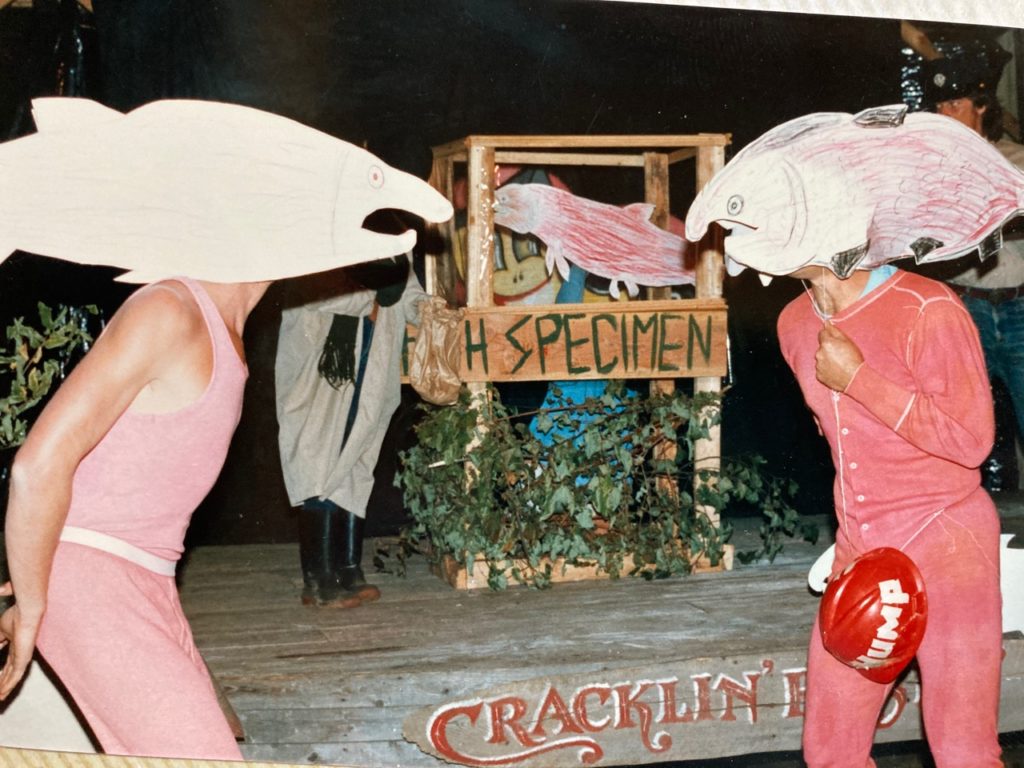
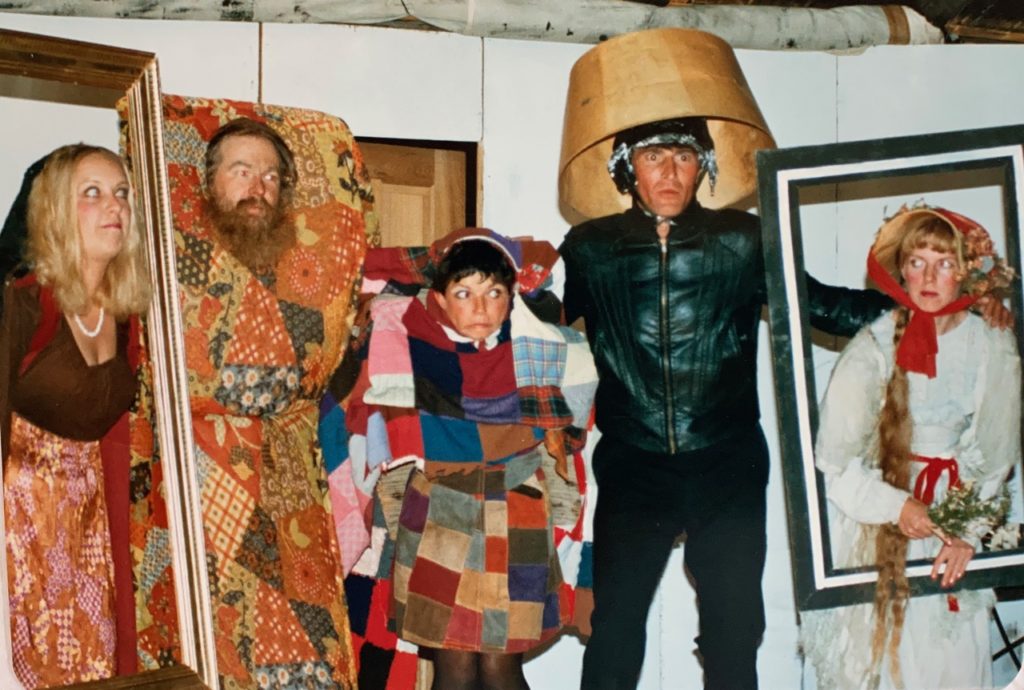
1986
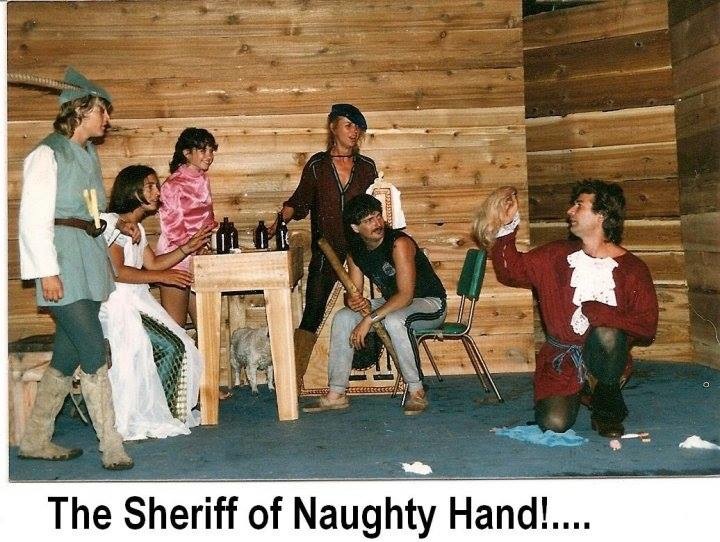
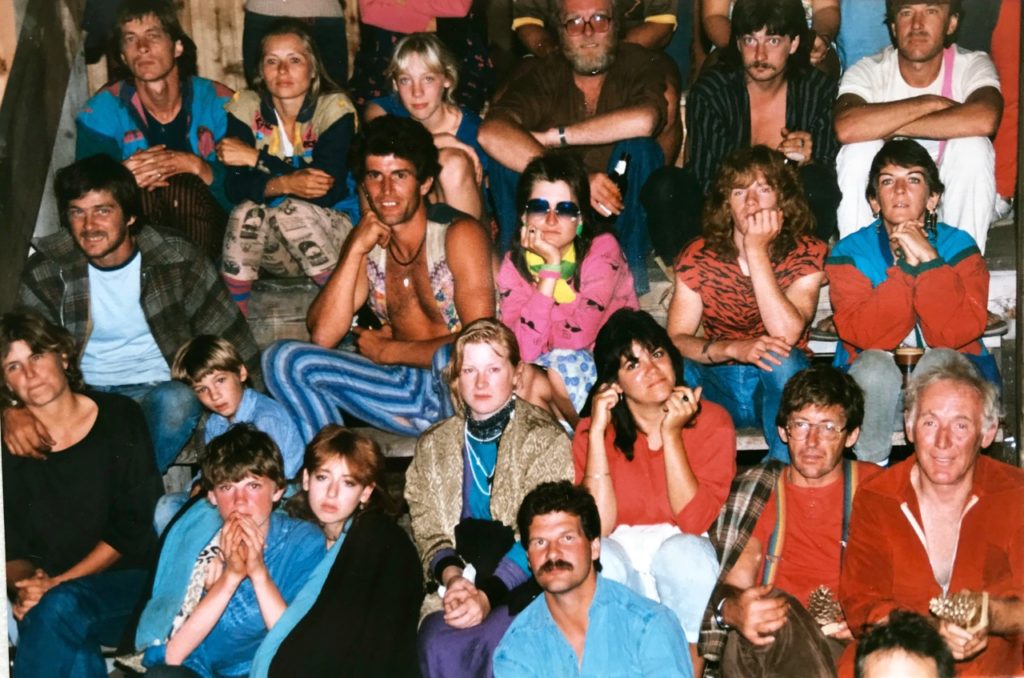
1988
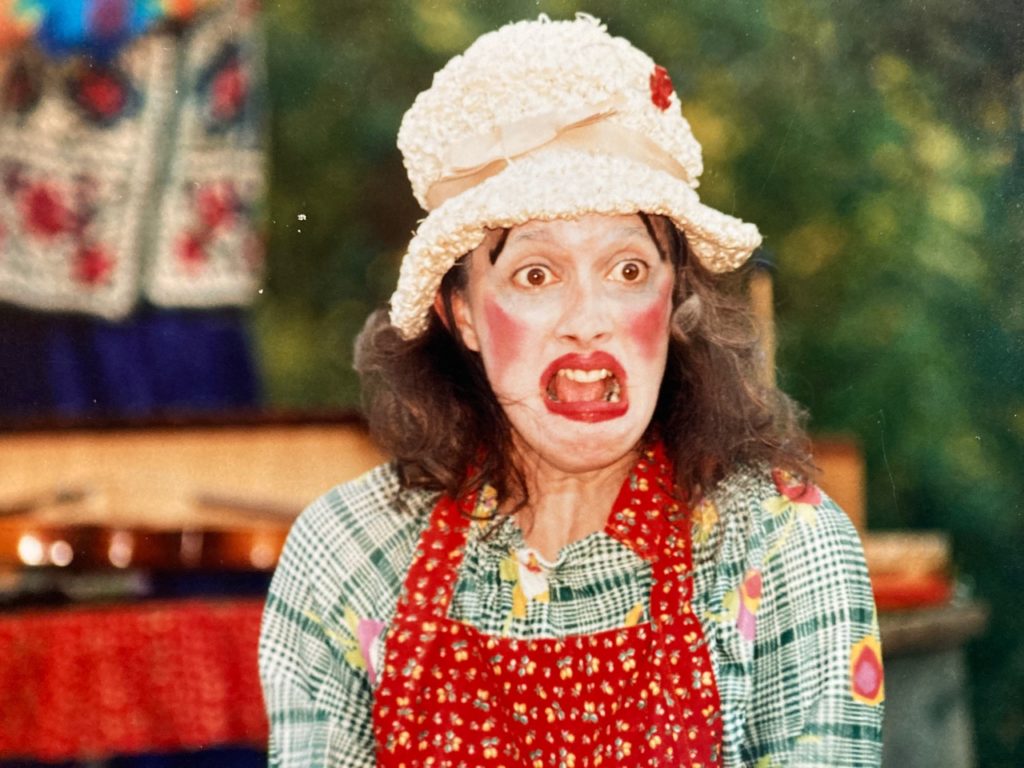
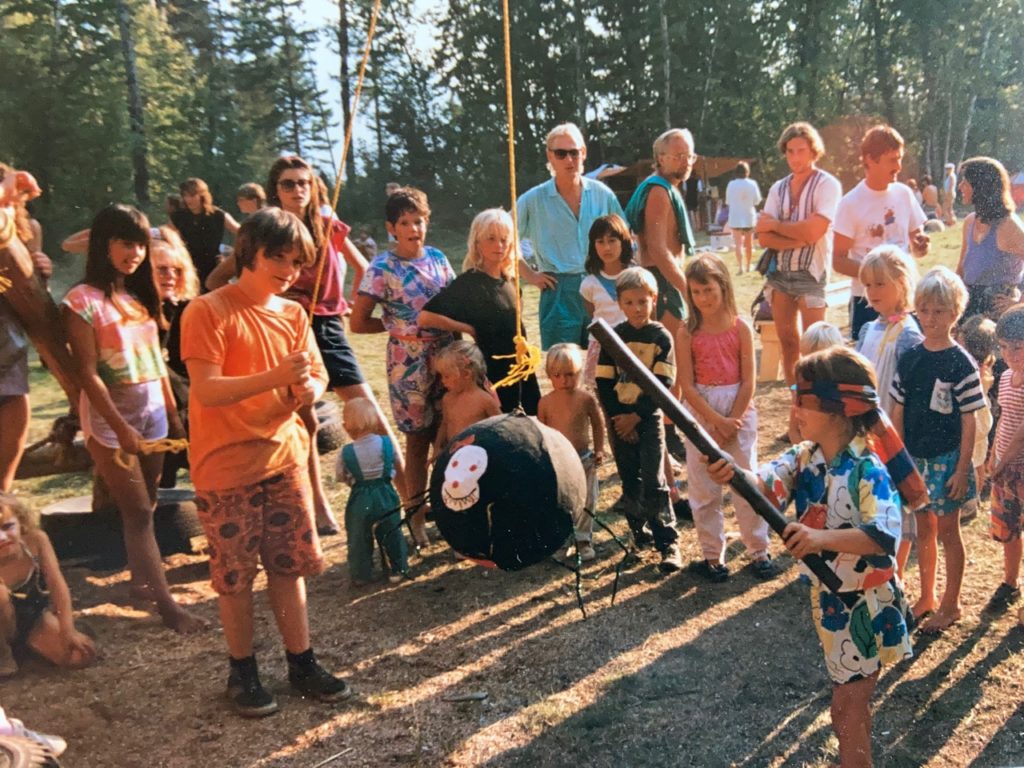
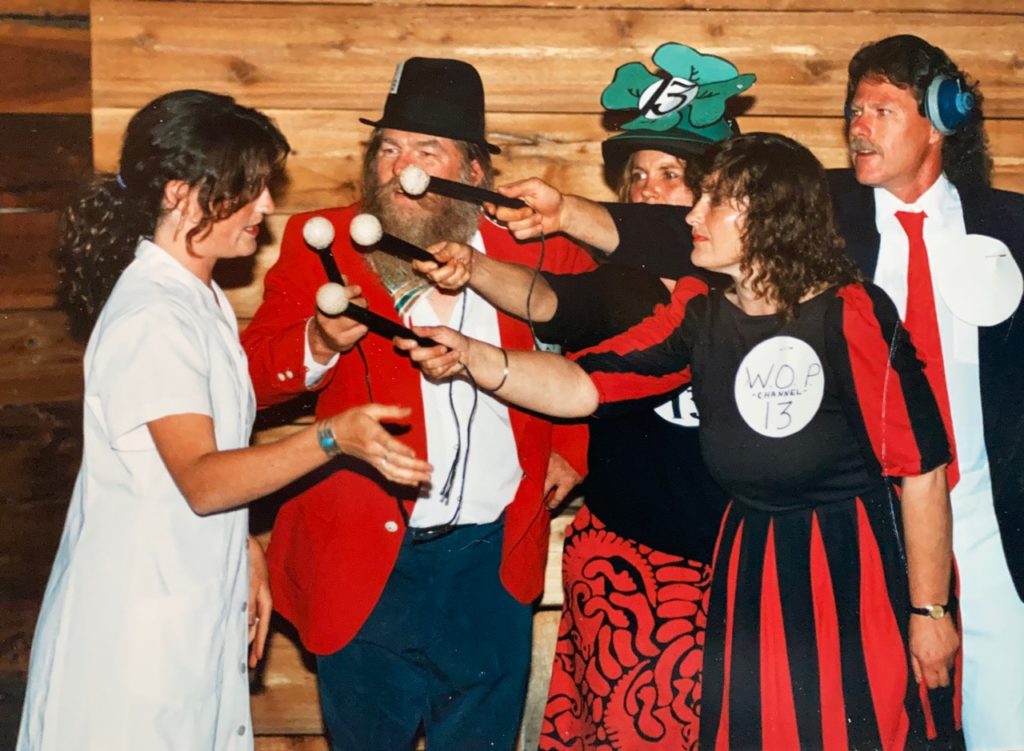
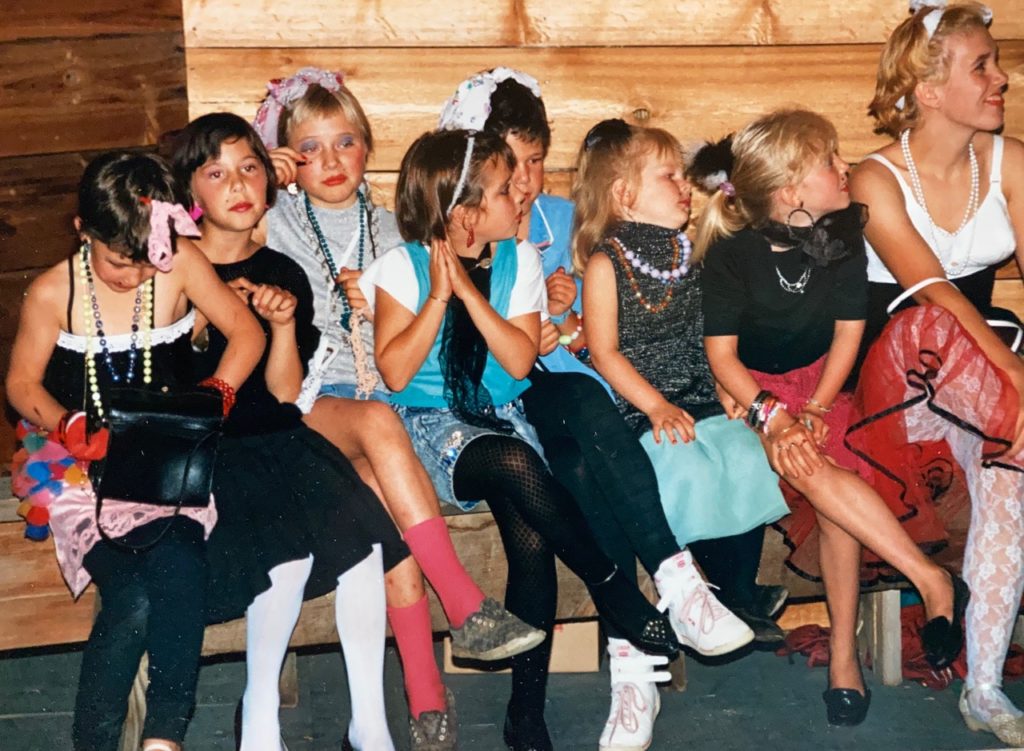
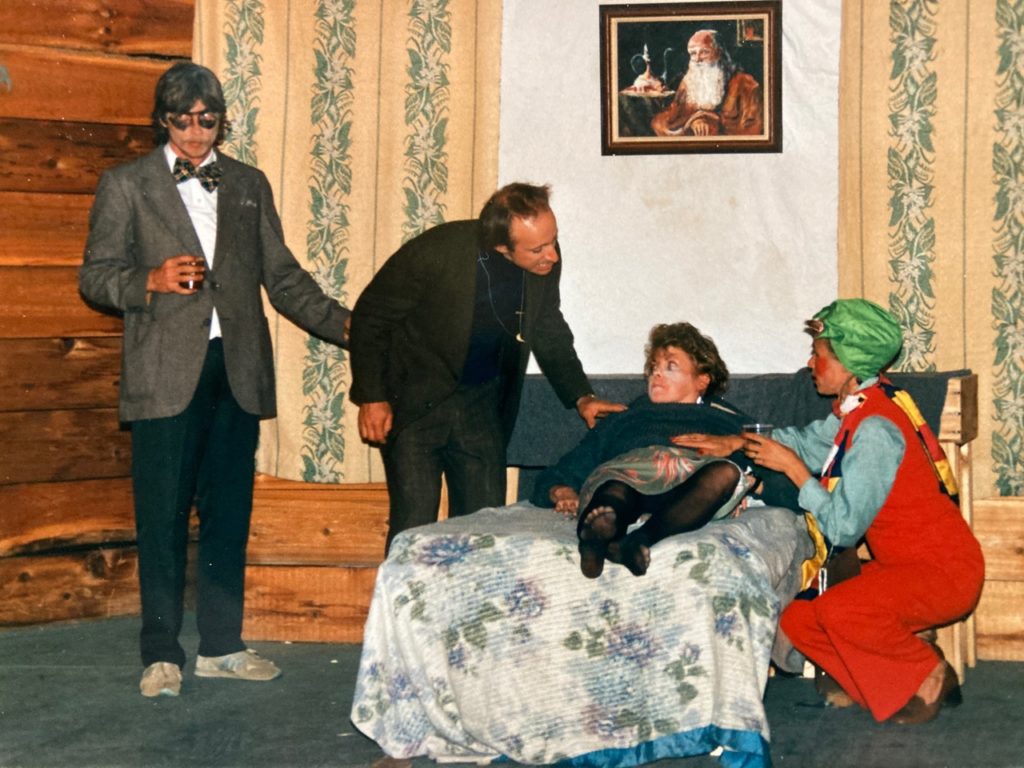
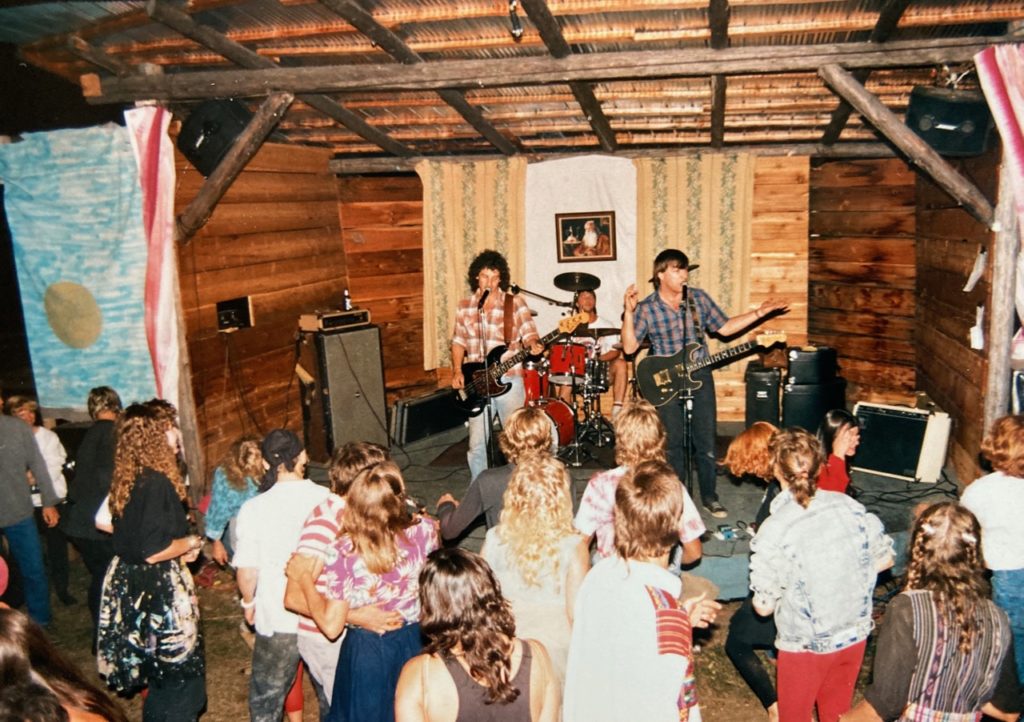
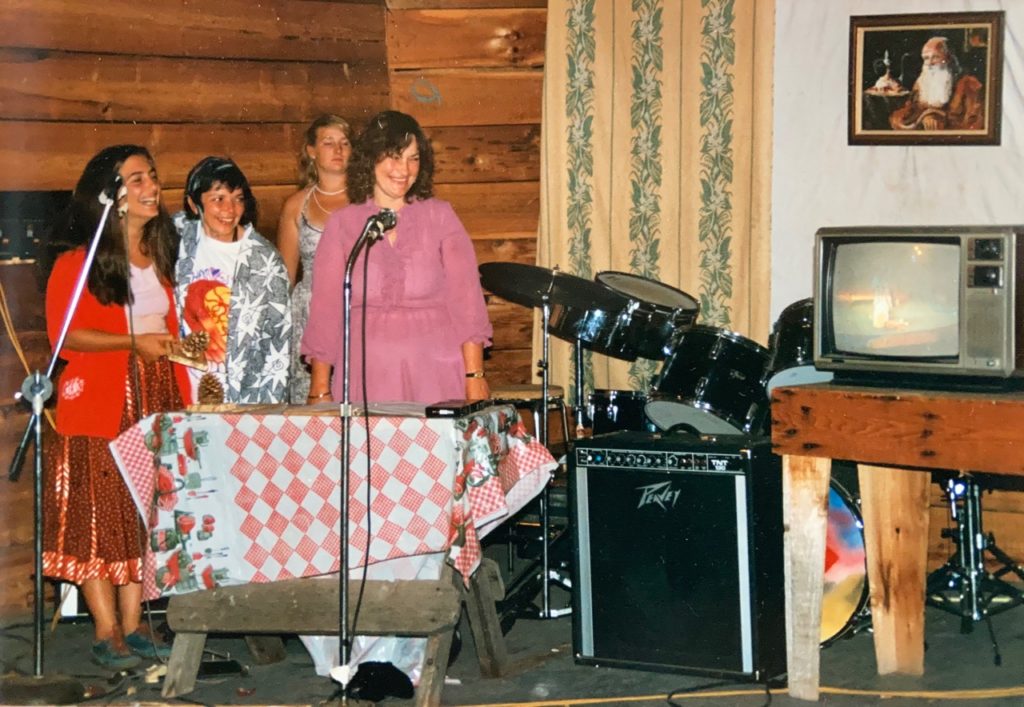
1990
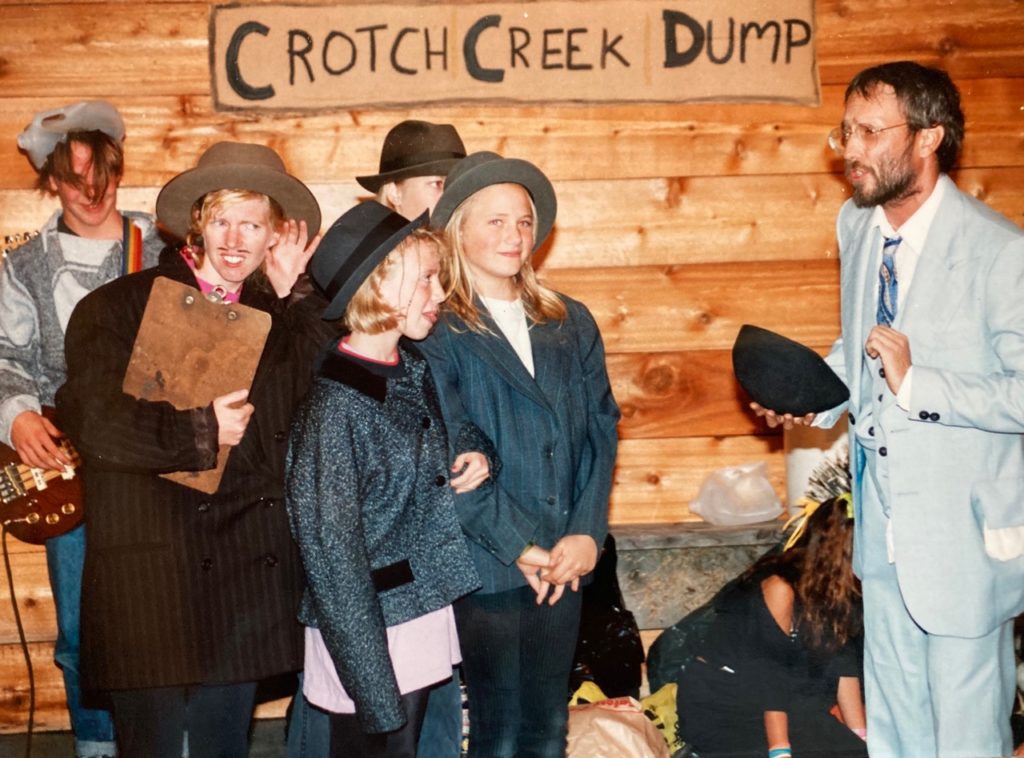
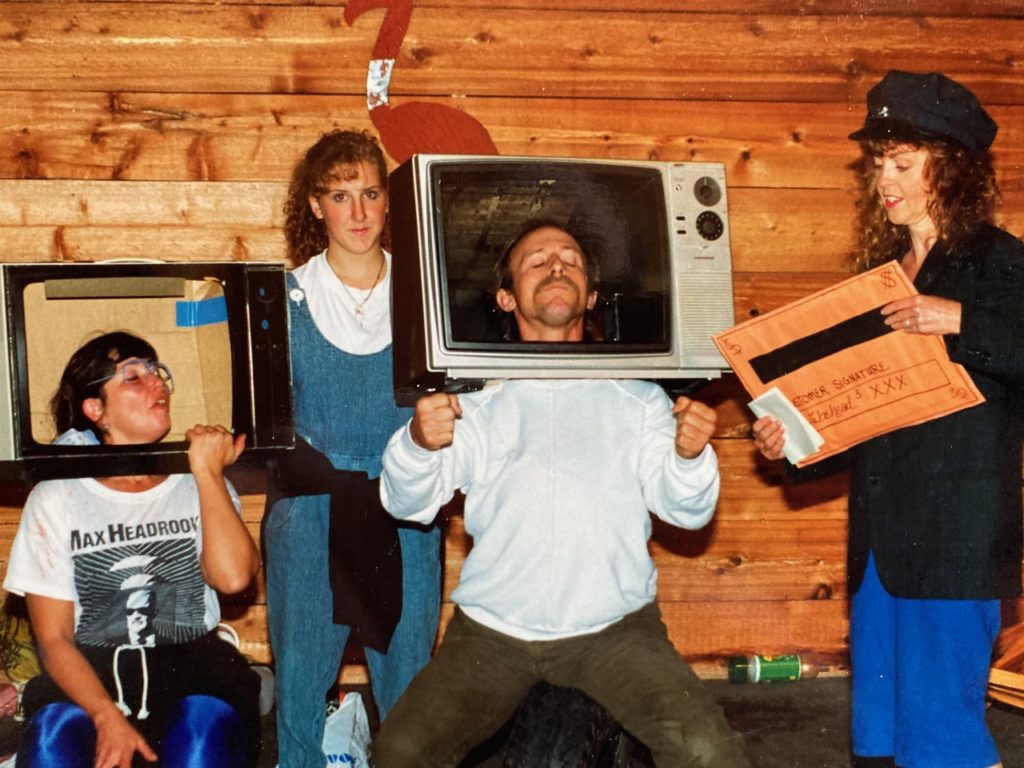
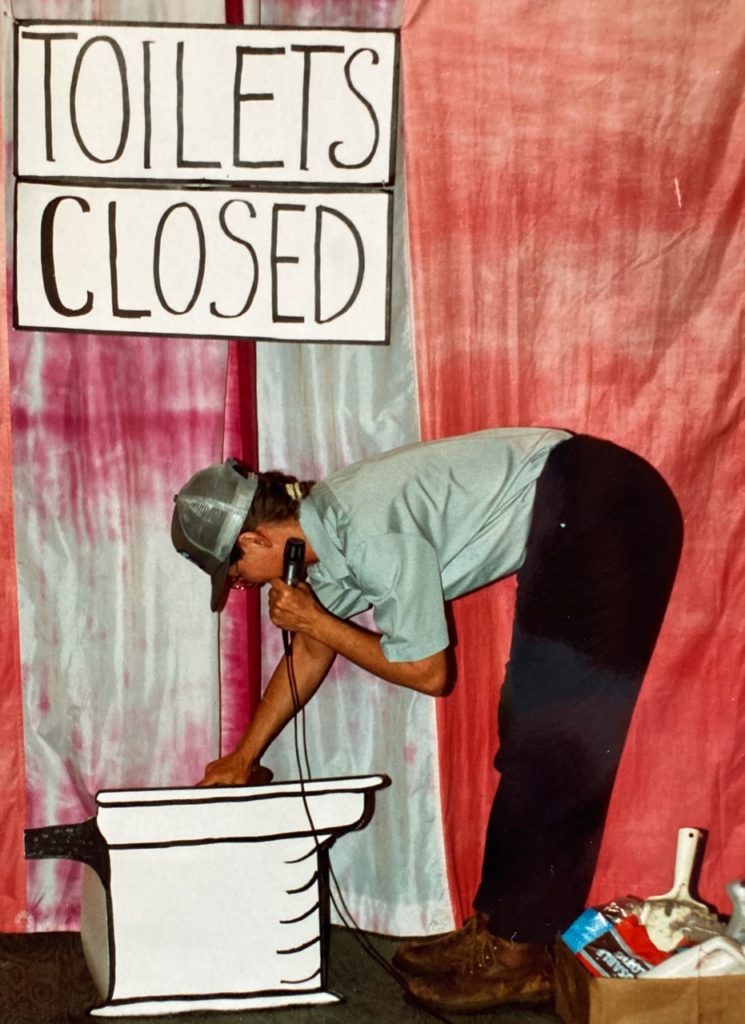
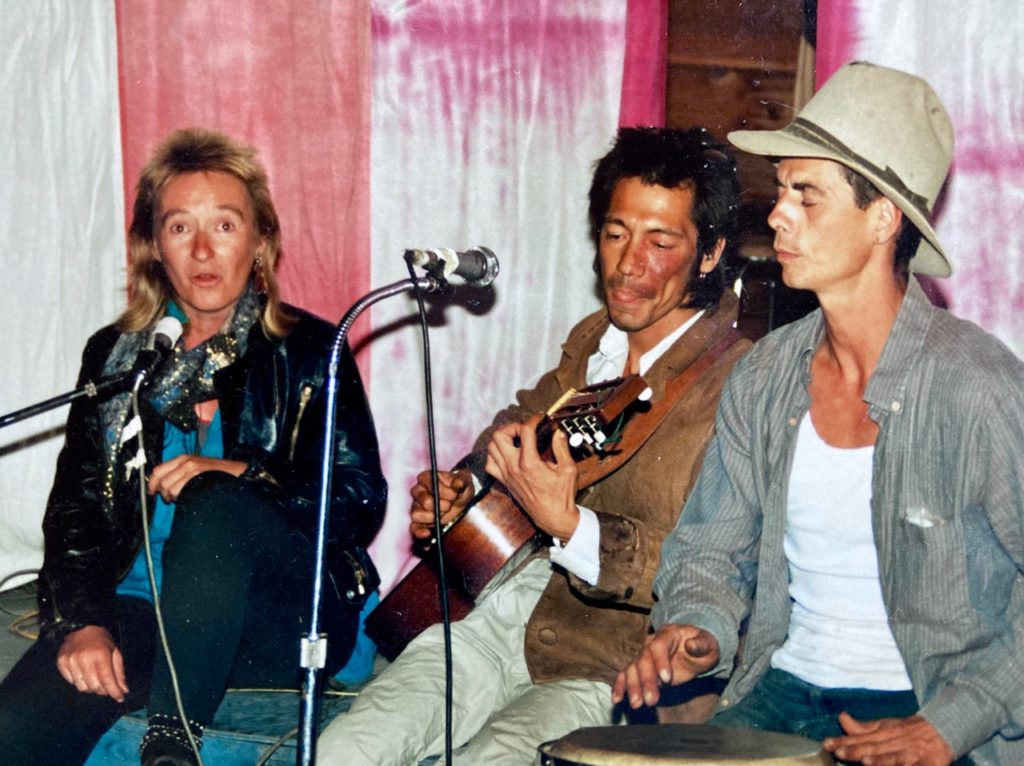
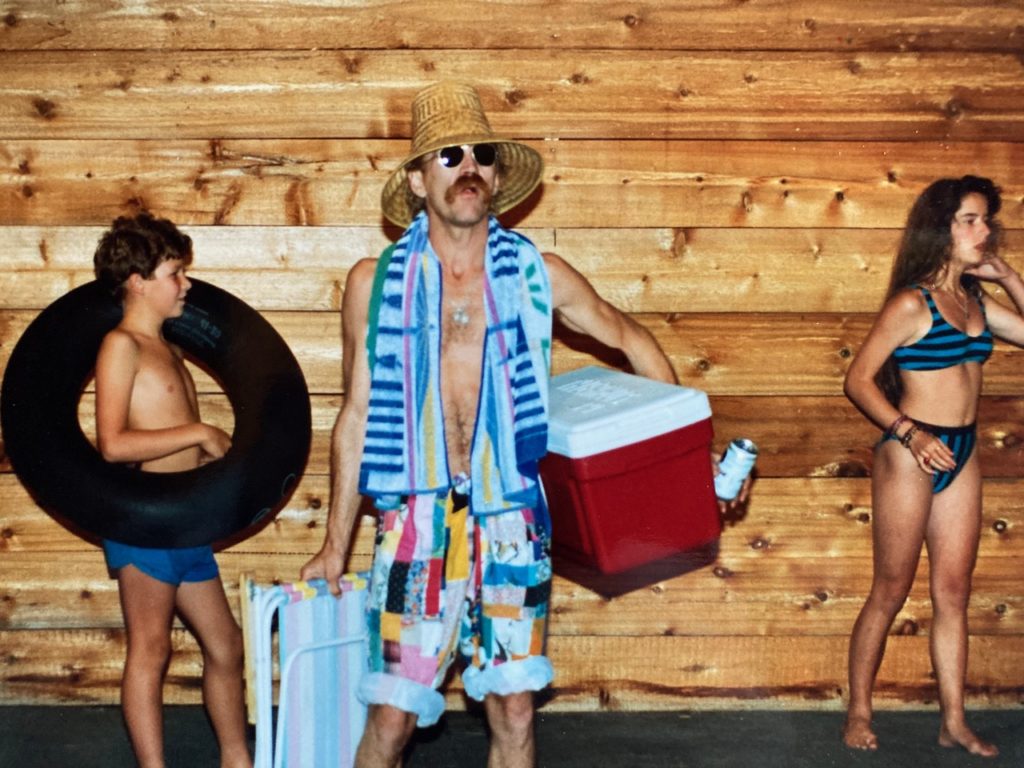
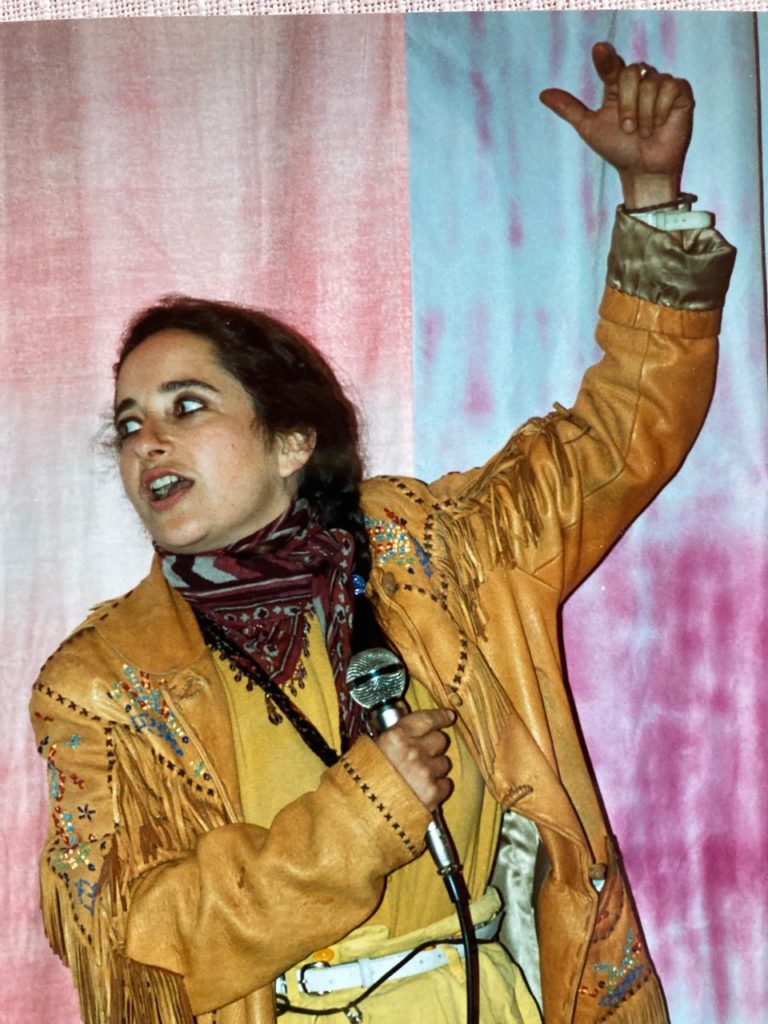
1991
